Colonial Cartagena is one of South America’s oldest colonial cities. It was founded in 1533 and was named after Cartagena, Spain. The city is located on the southern rim of the Caribbean Sea just a few degrees north of the Equator making the city warm year-round.
The entrance into the walled city of Colonial Cartagena is through an arched gate directly under the clock tower. Inside the city walls there are remarkably preserved colonial houses, military compounds and religious buildings.


Stone walls and forts
The old town is surrounded by a massive stone wall that enclosed several blocks with hundreds of colonial homes, plazas, parks and churches.
The eleven (11) kilometer wall was equipped with 63 cannons and sentry boxes at strategic locations. Sections of the wall featuring the cannons and sentry boxes are in the following photos.
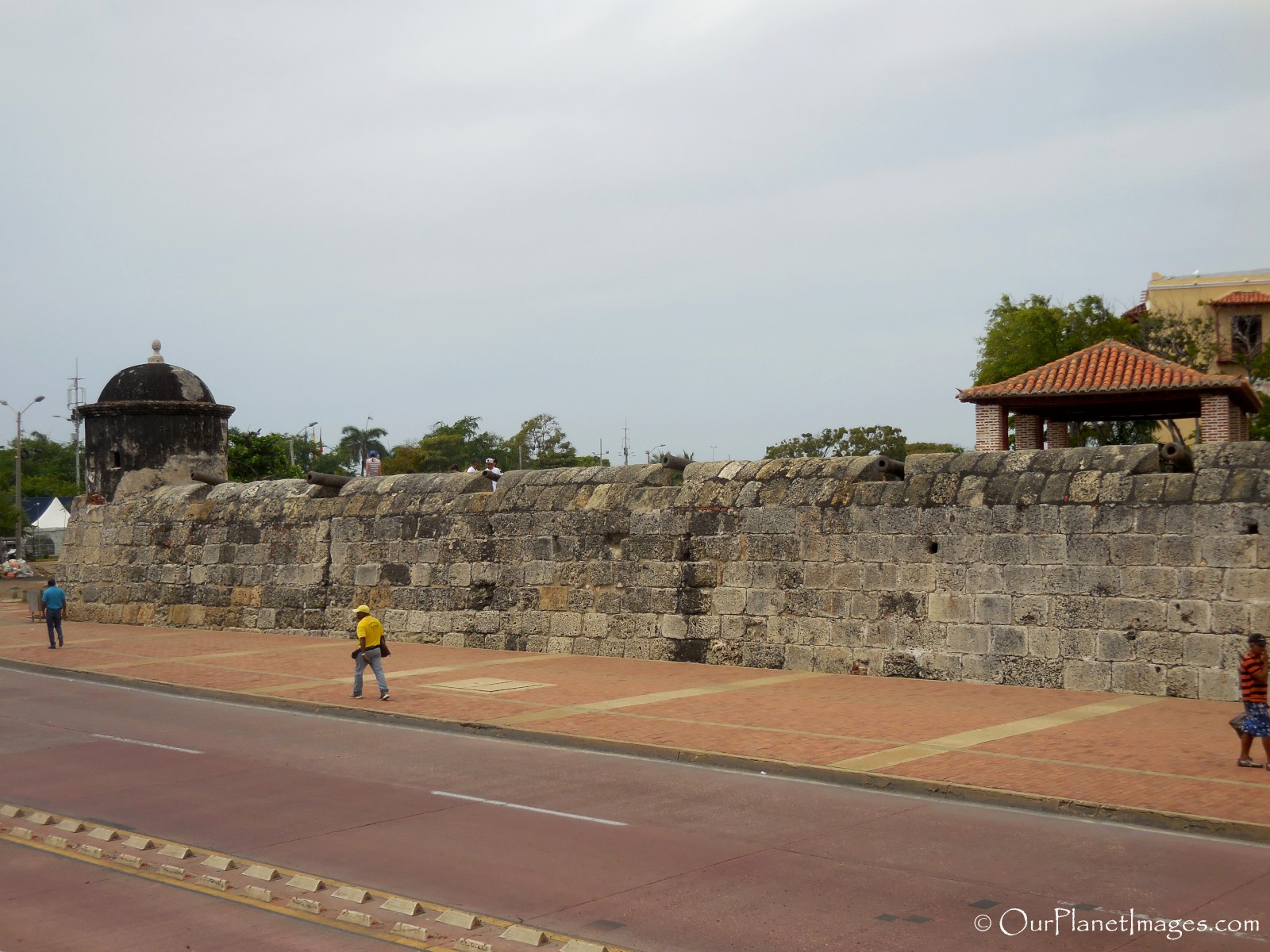
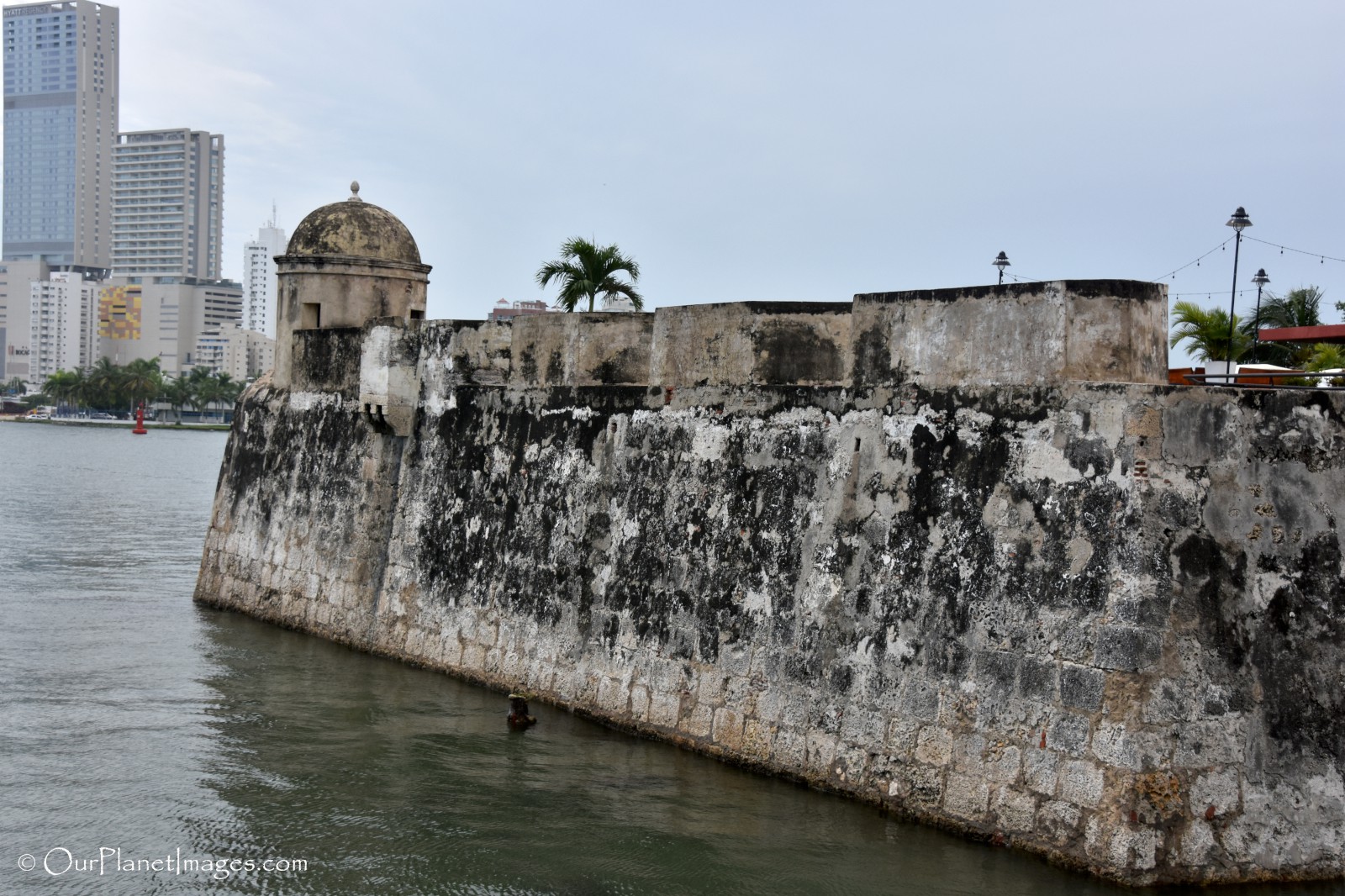
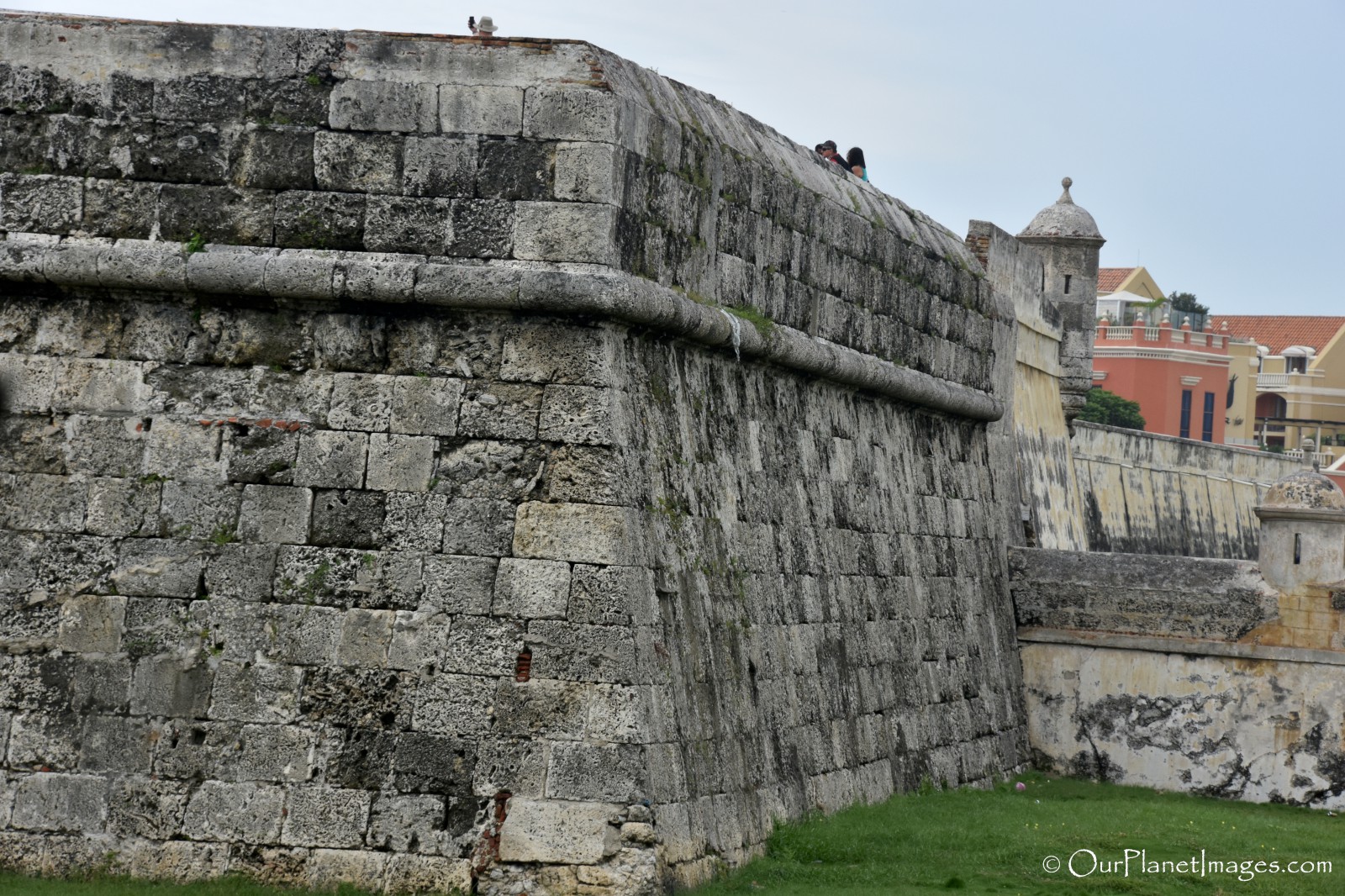

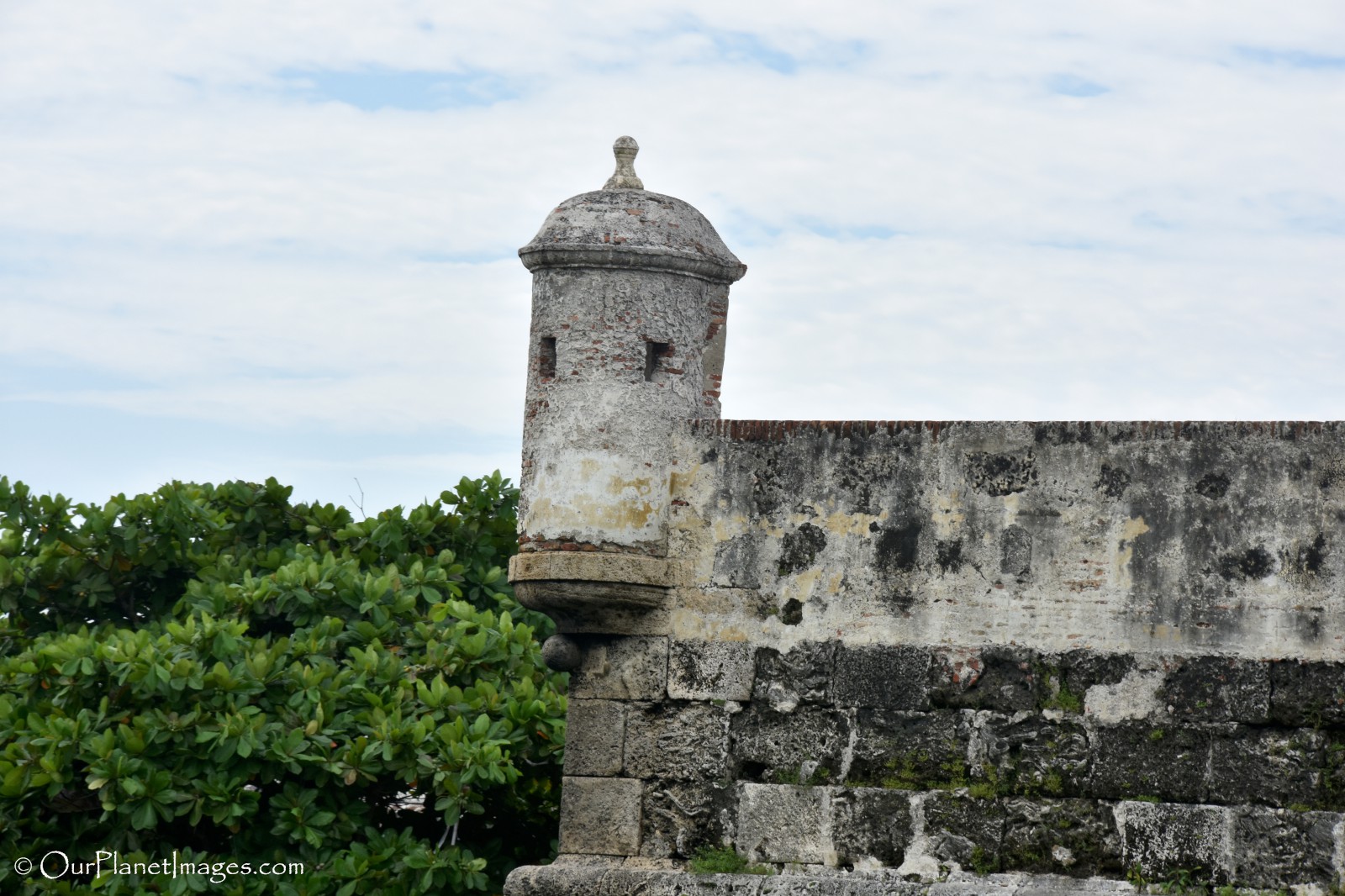
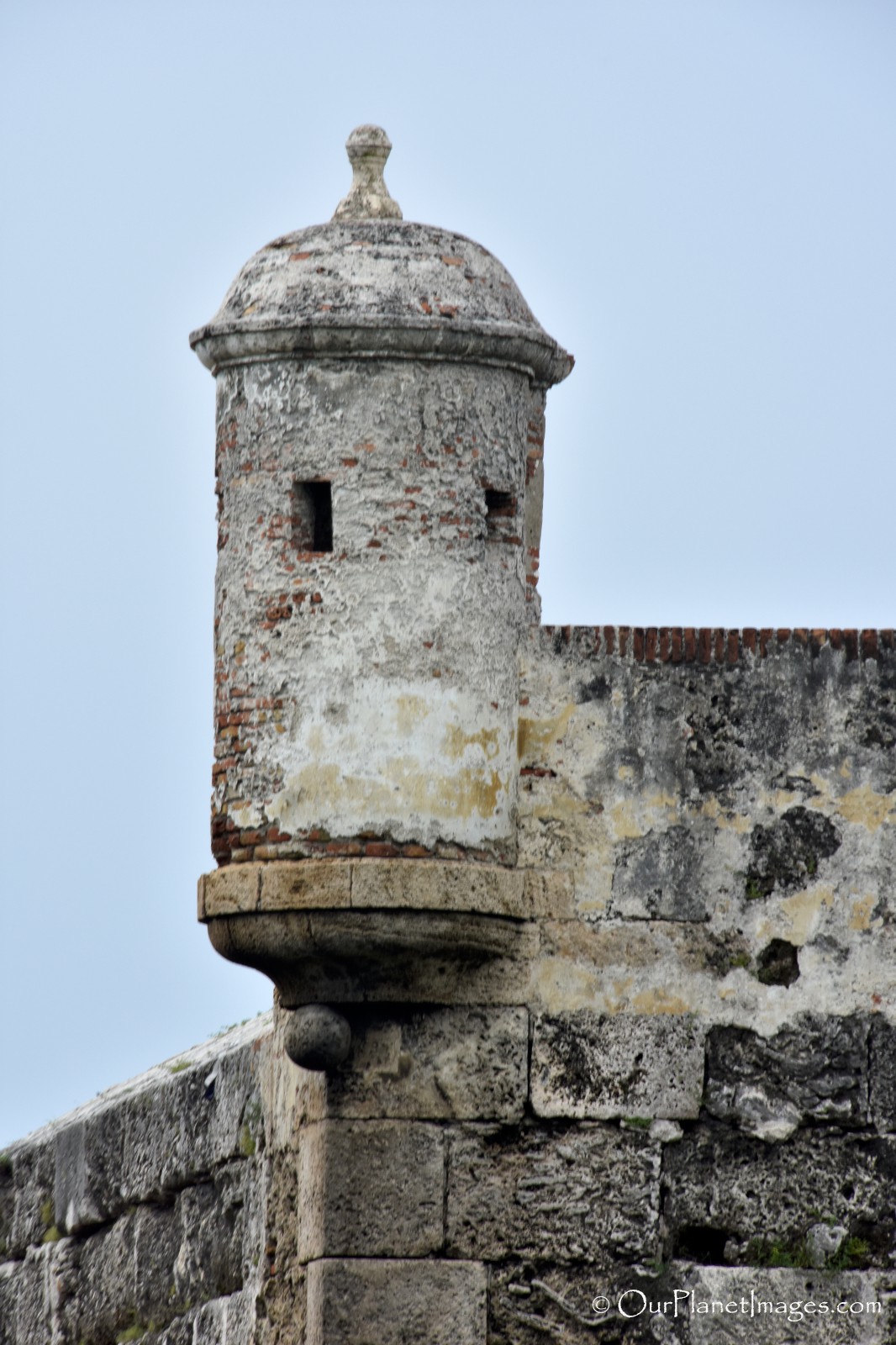
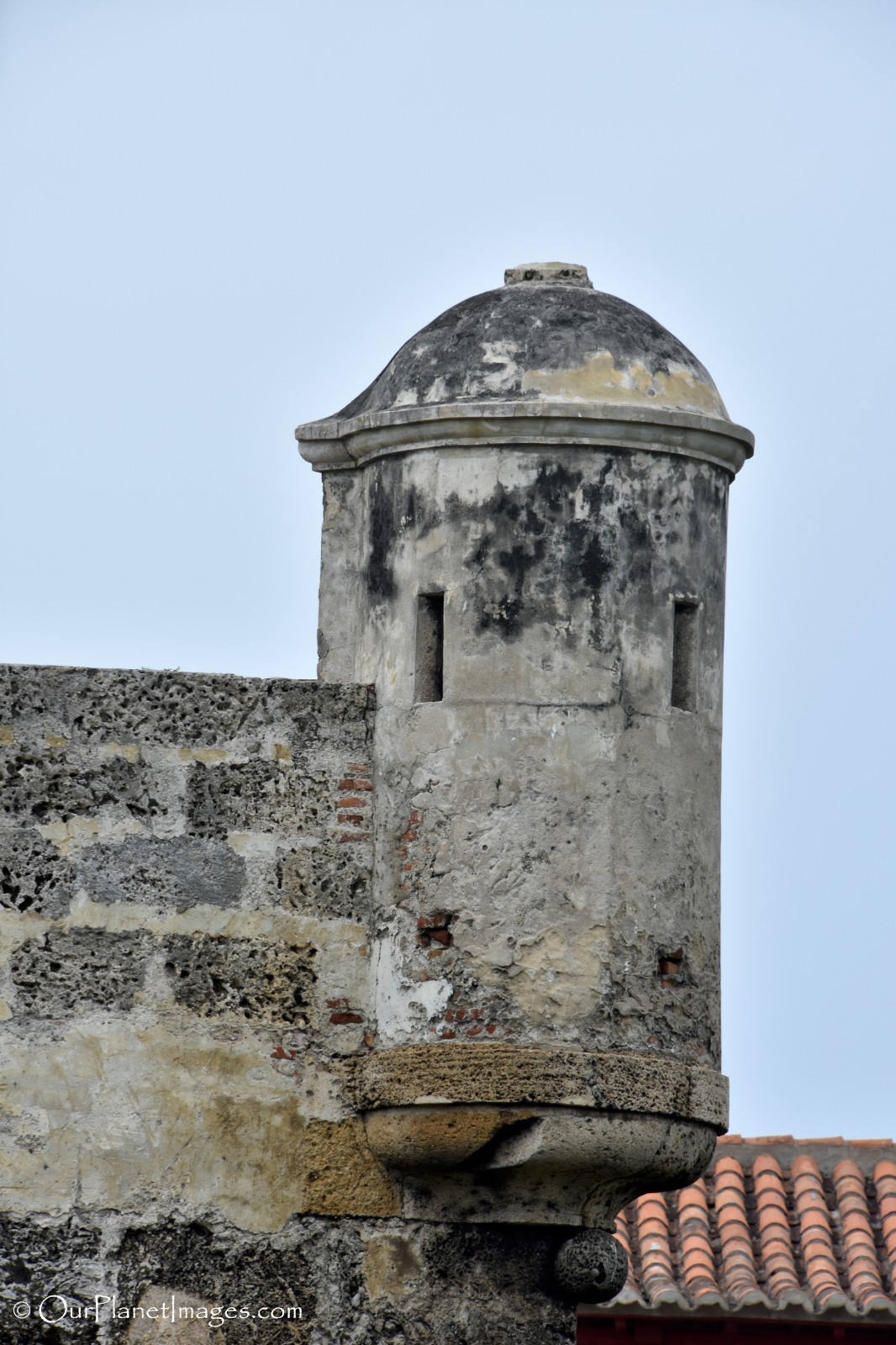
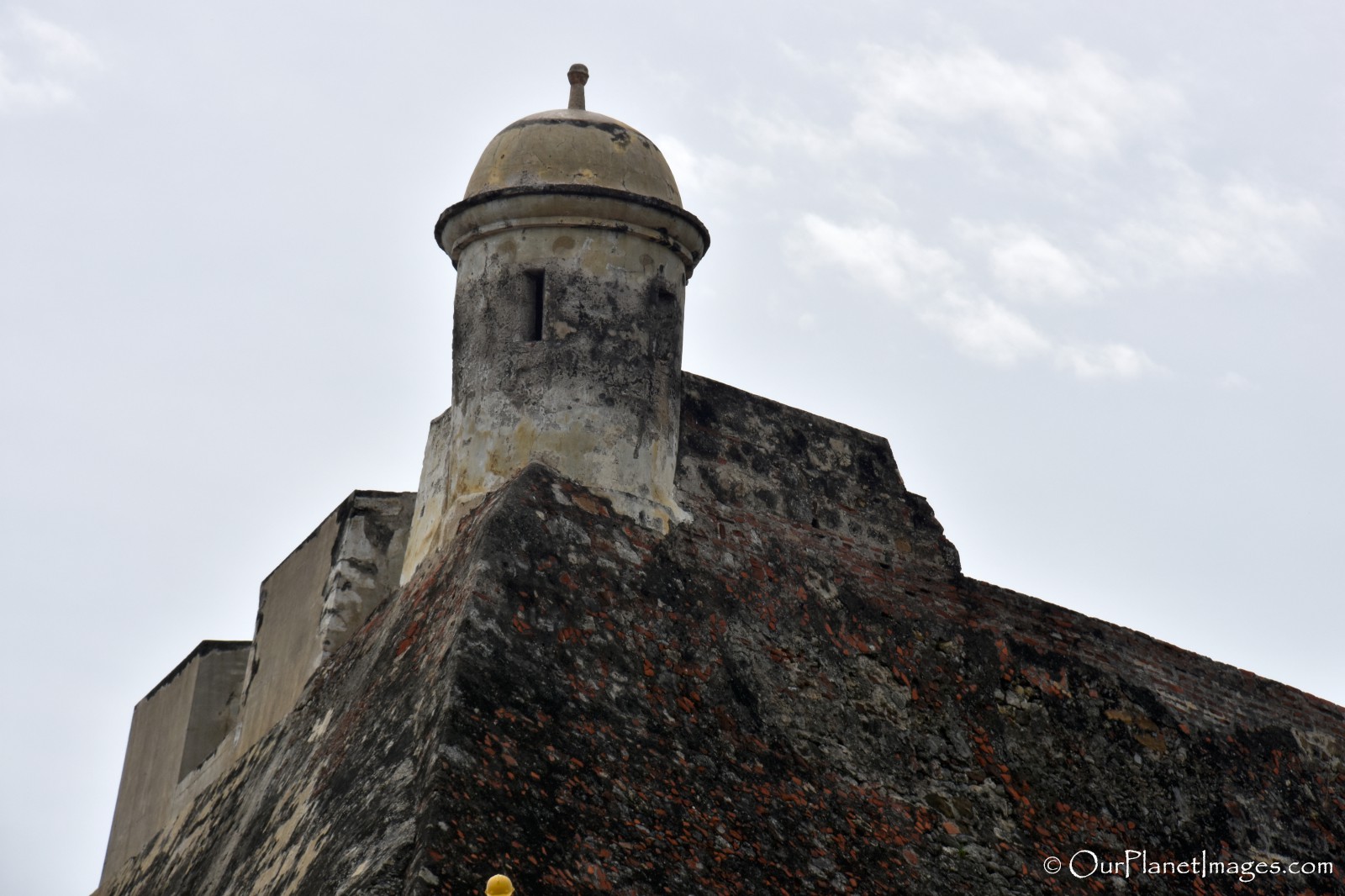
There are several forts that were designed to defend the city but the most prominent is the massive fortress “Castillo San Felipe de Barajas.
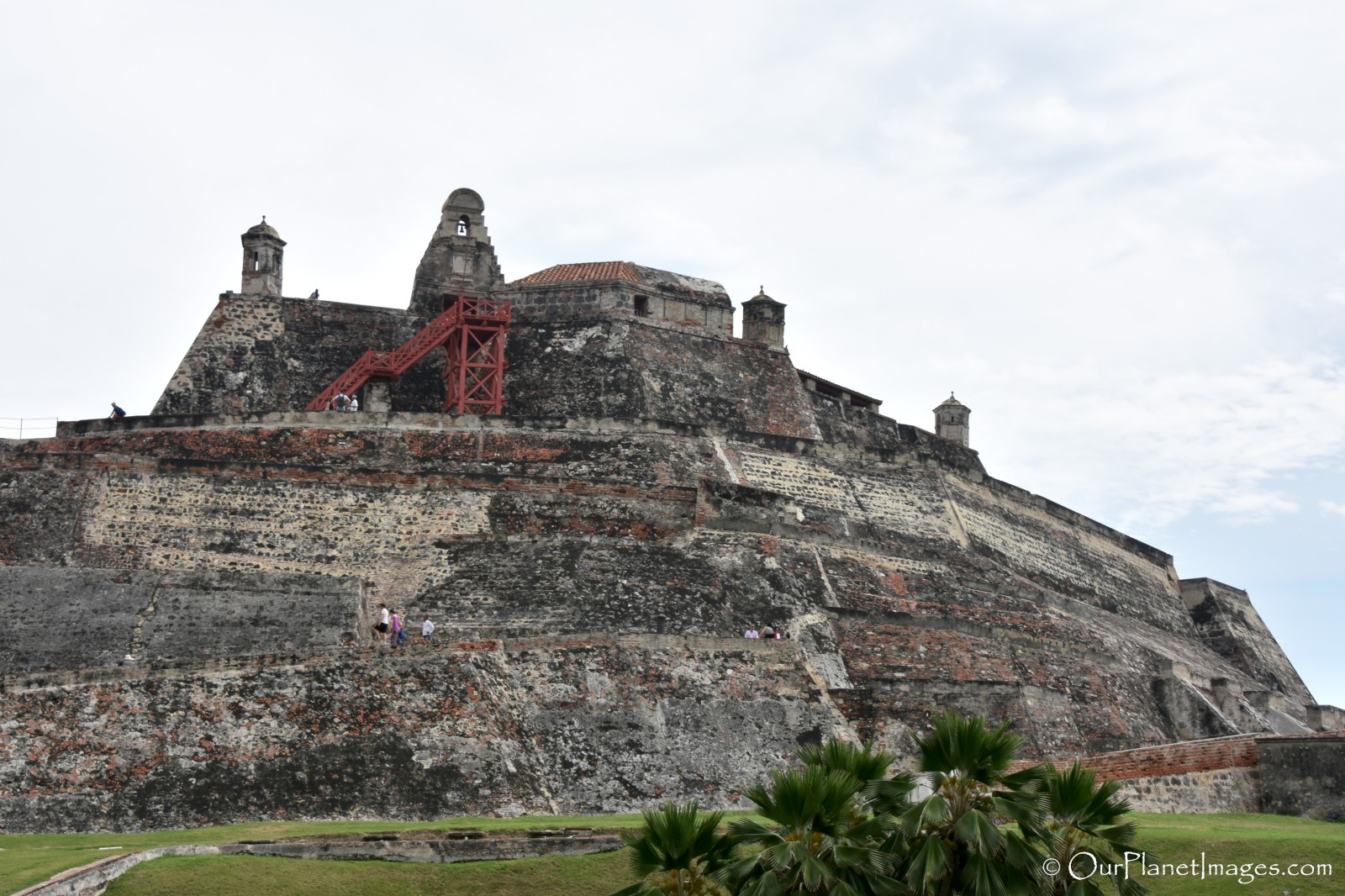
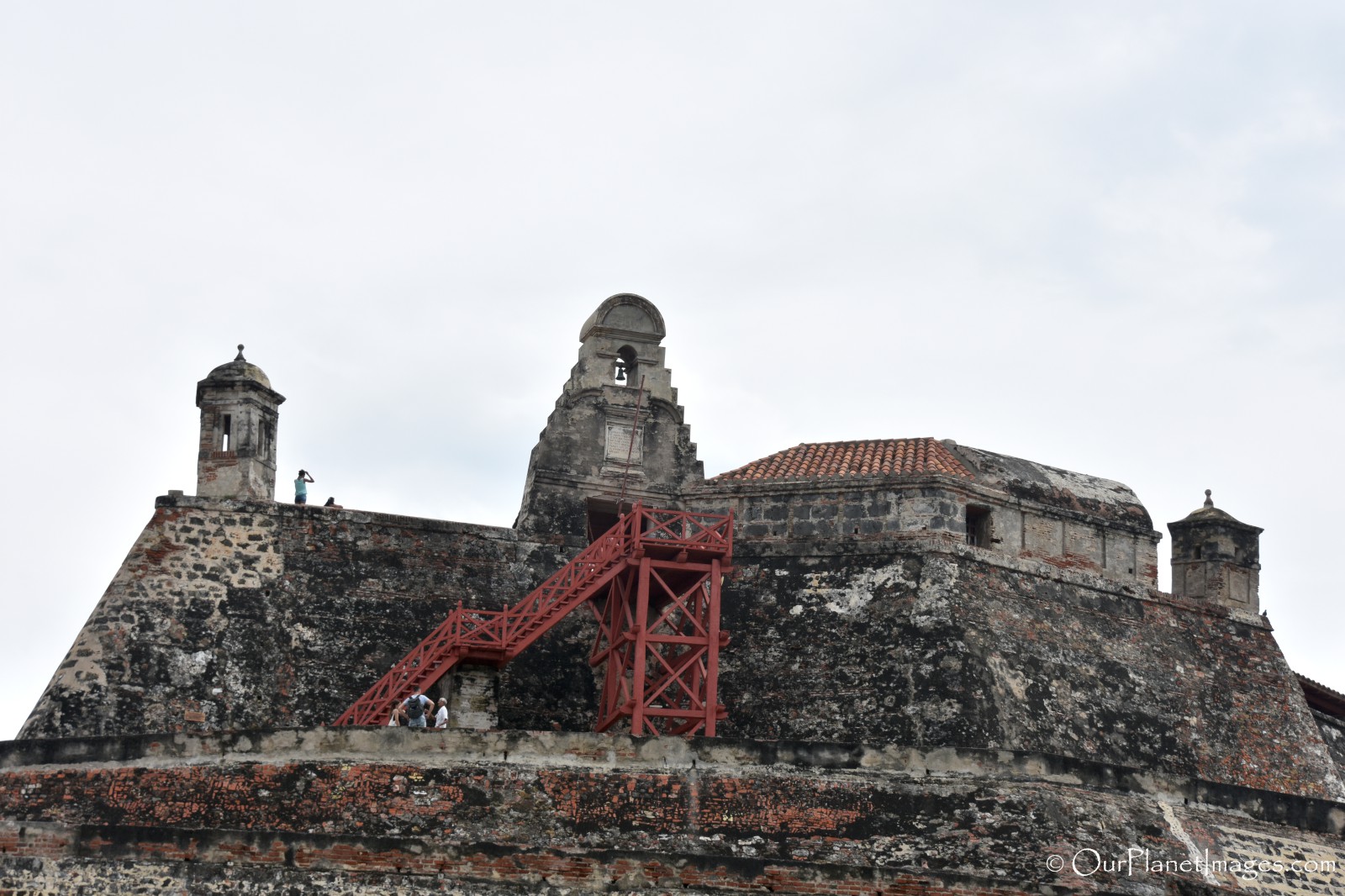
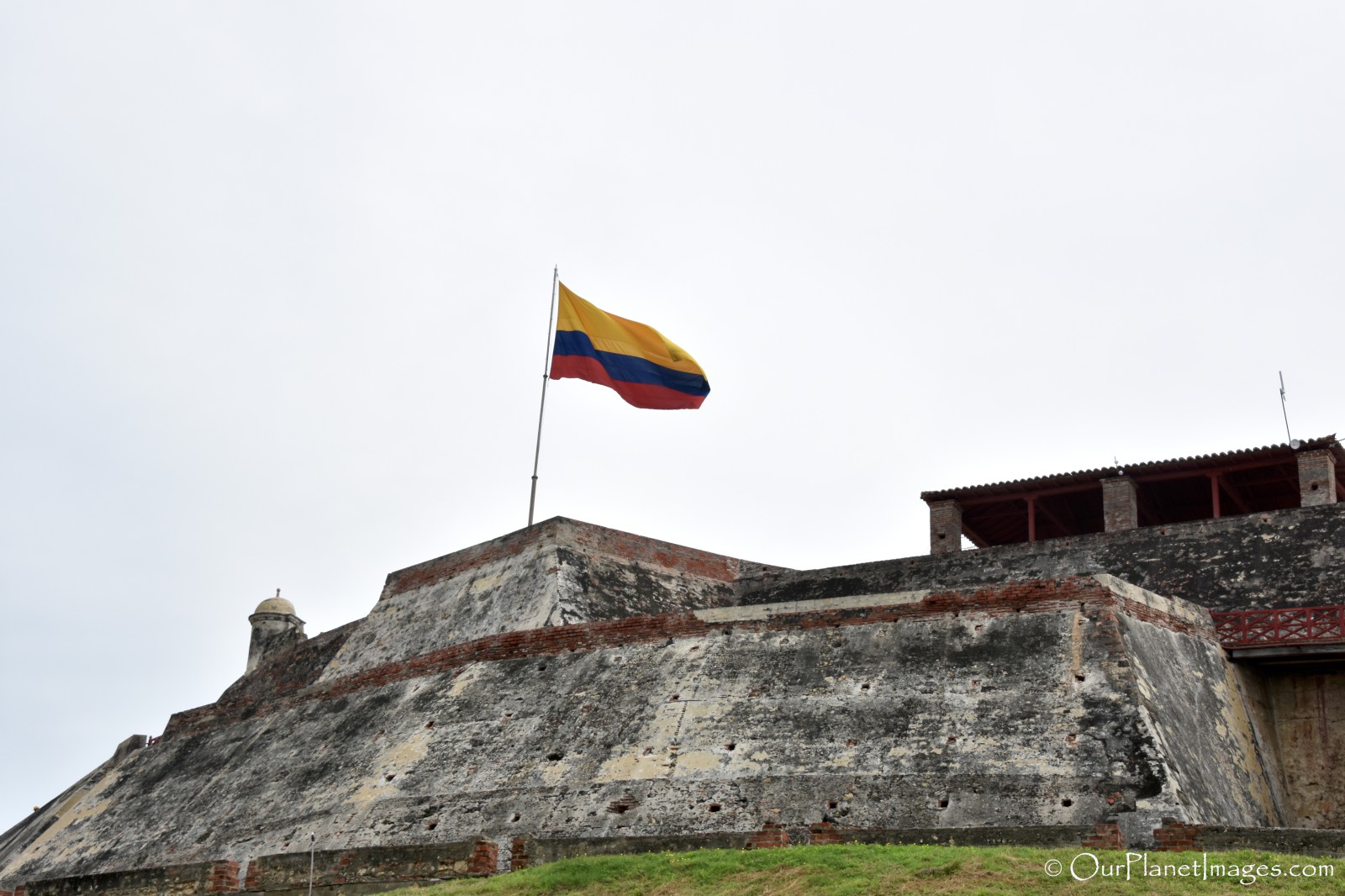
Famous landmarks
While walking through the colonial district I came across three landmarks of the most famous or significant people to the city of Cartagena. Entering through the entrance gate into the first plaza there is a statue of Pedro de Heredia a Spanish conquistador that is known as the founder of Cartagena.
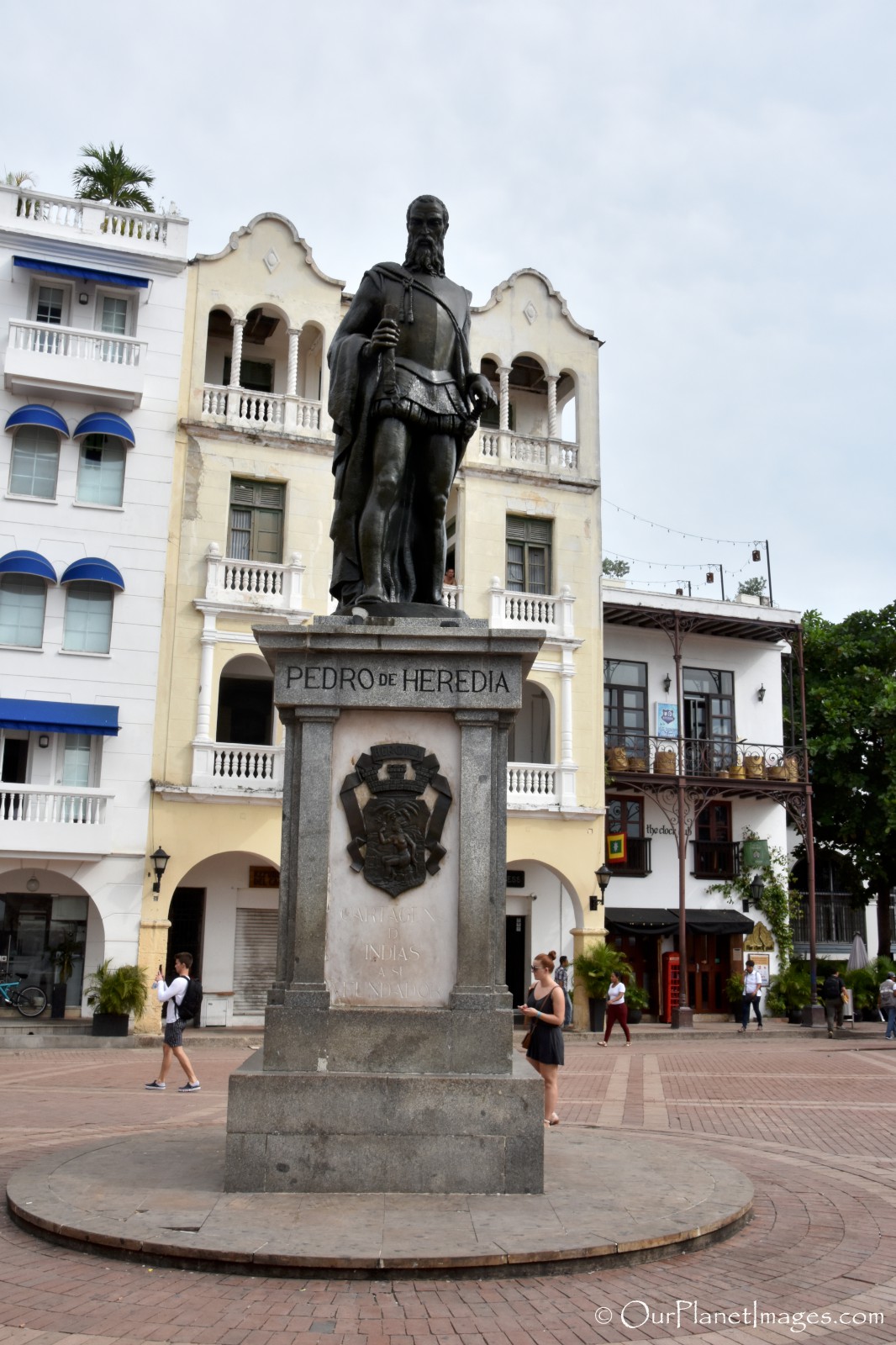
In the Plaza of Customs there is a statue of Christopher Columbus which country of Colombia was named after.

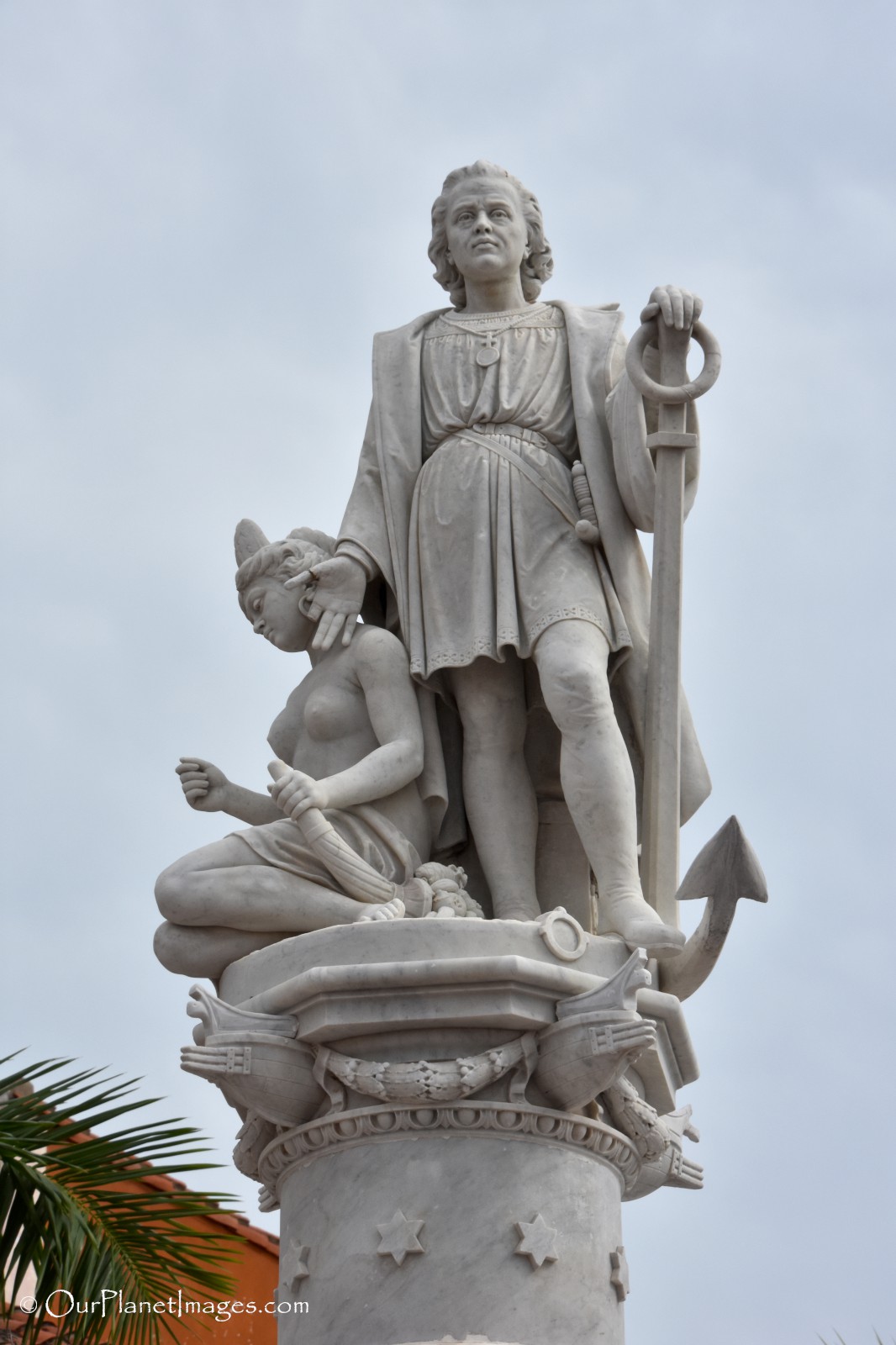
Architecture
Walking through Colonial Cartagena is like stepping back in time. Many of the houses have wooden balconies and they are preserved in a way that there is a feel like you are walking in an open air museum and you might even see a horse drawn carriage equipped with wood wheels.
Most of the building are exactly like you would expect, painted in bright colors and tiled roofs.


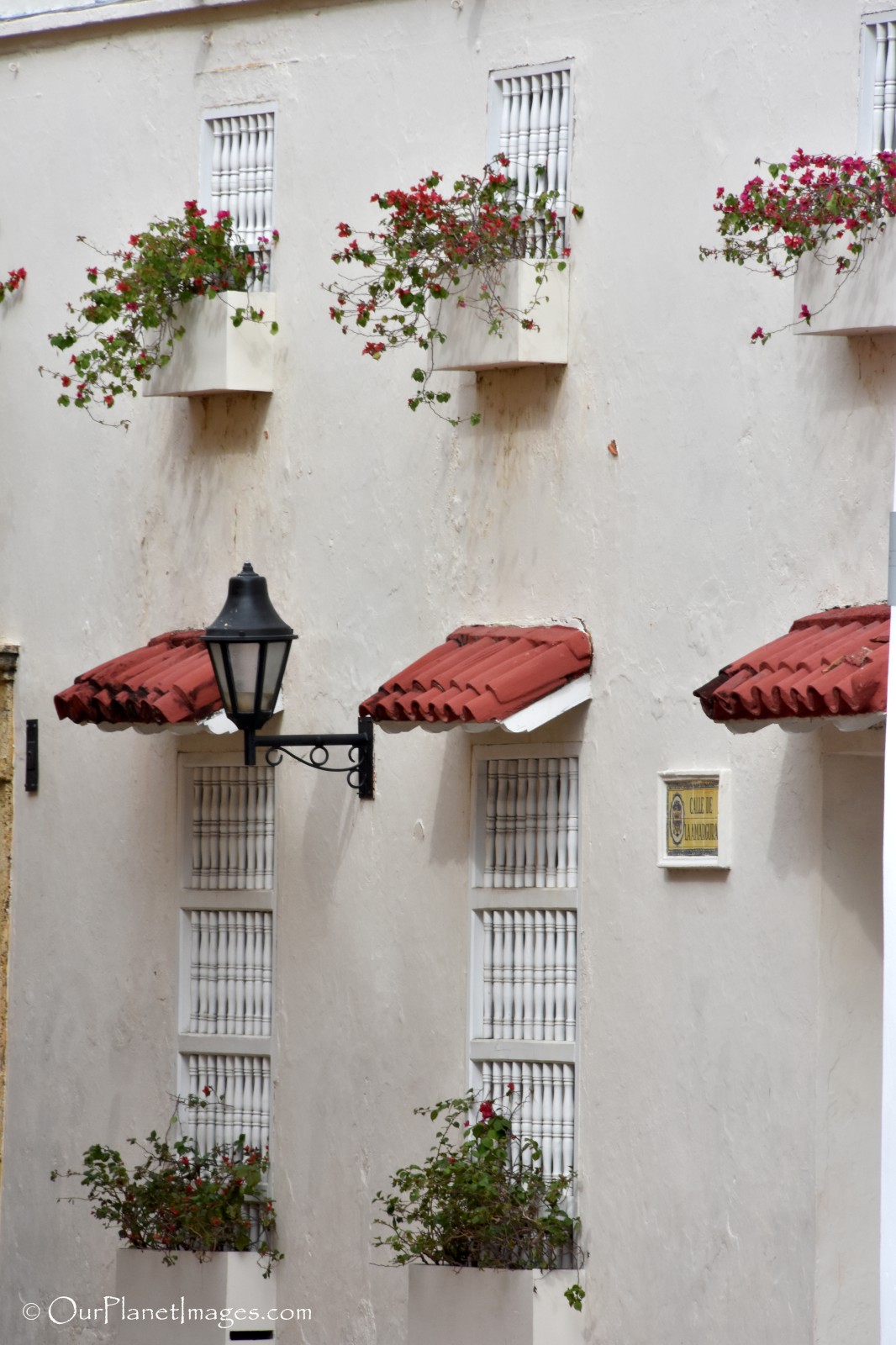
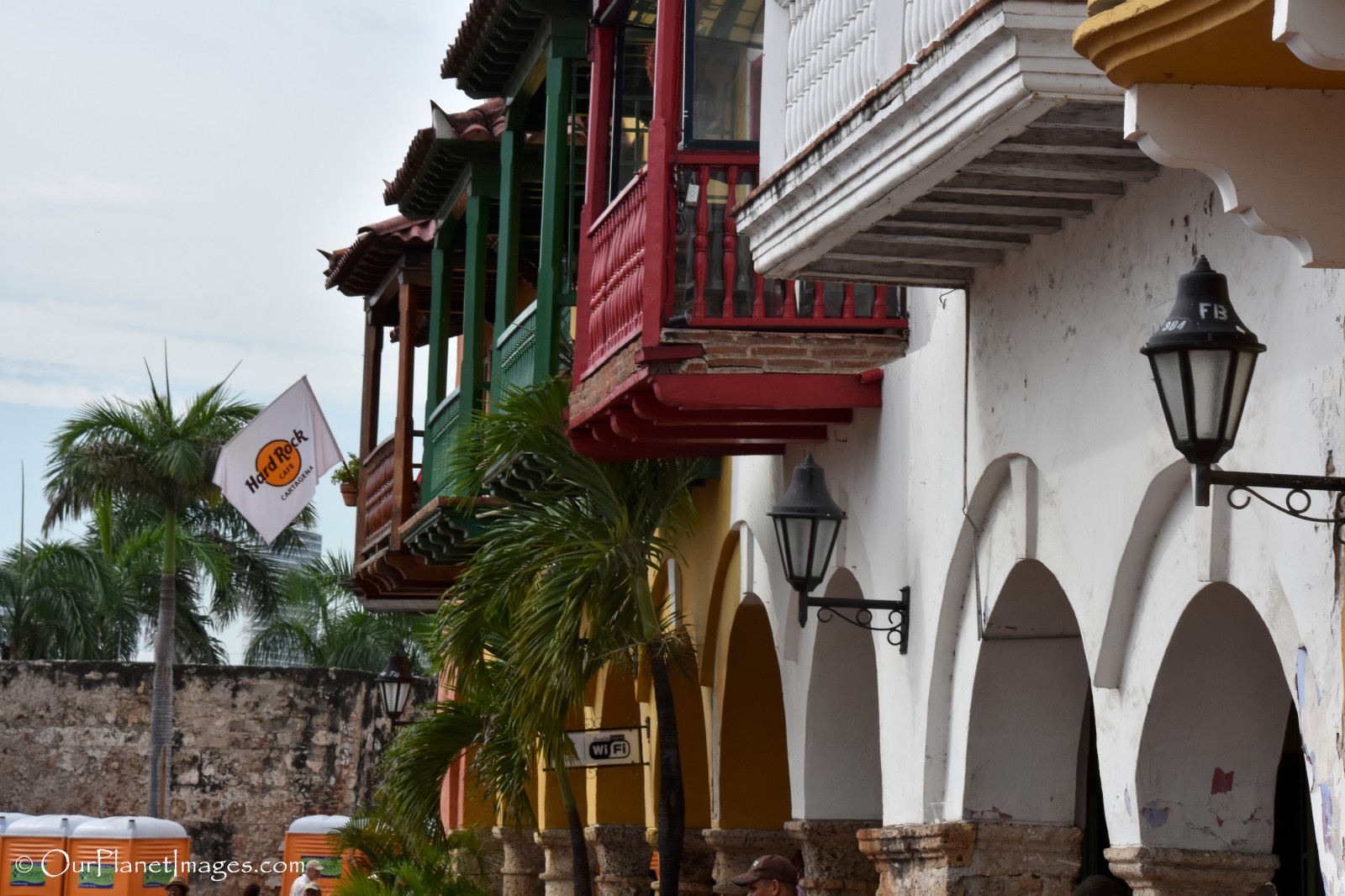
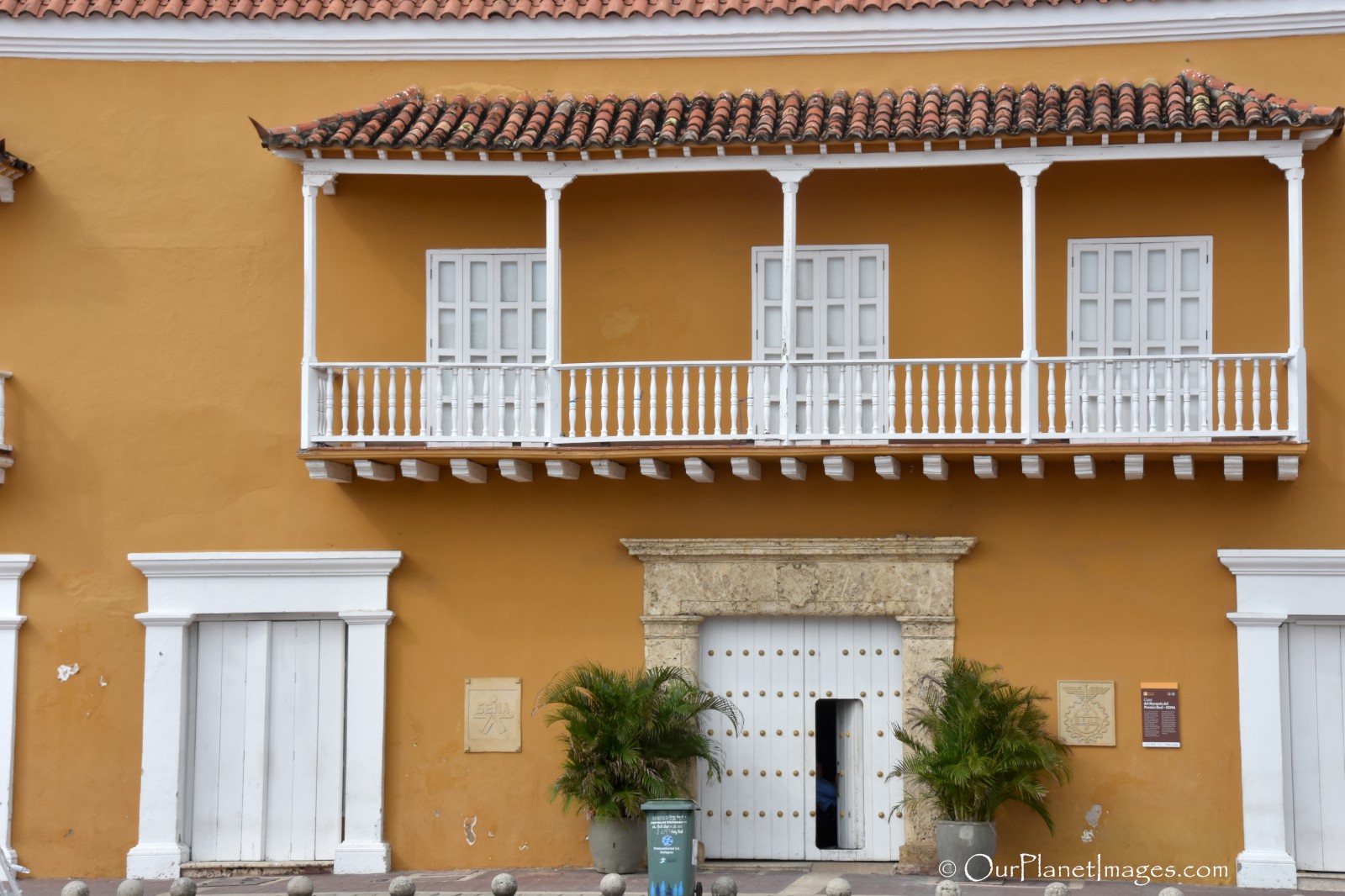

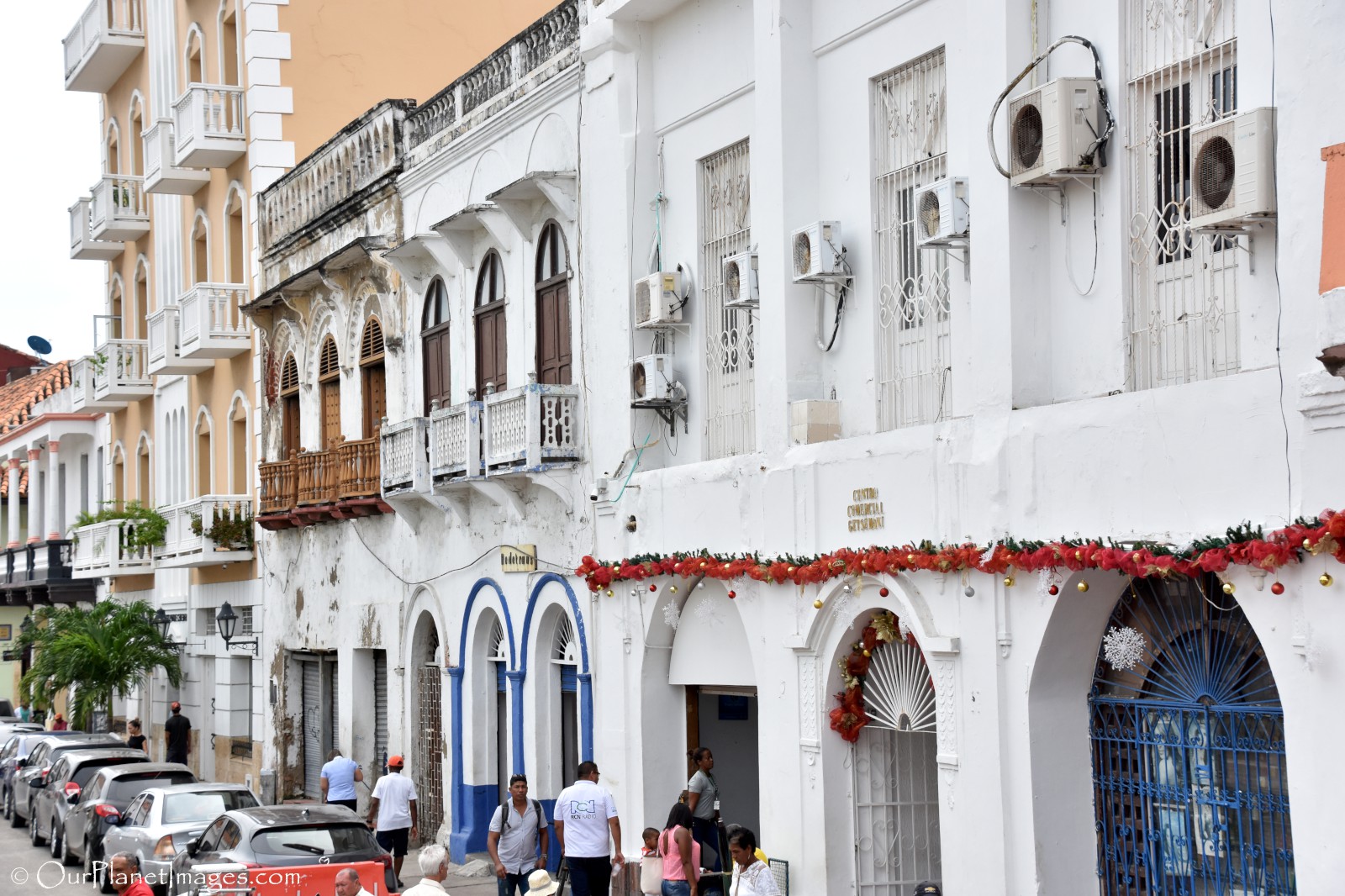
Many of the streets are narrow with cobblestone roads and wandering through these streets really lets you get lost in time period.
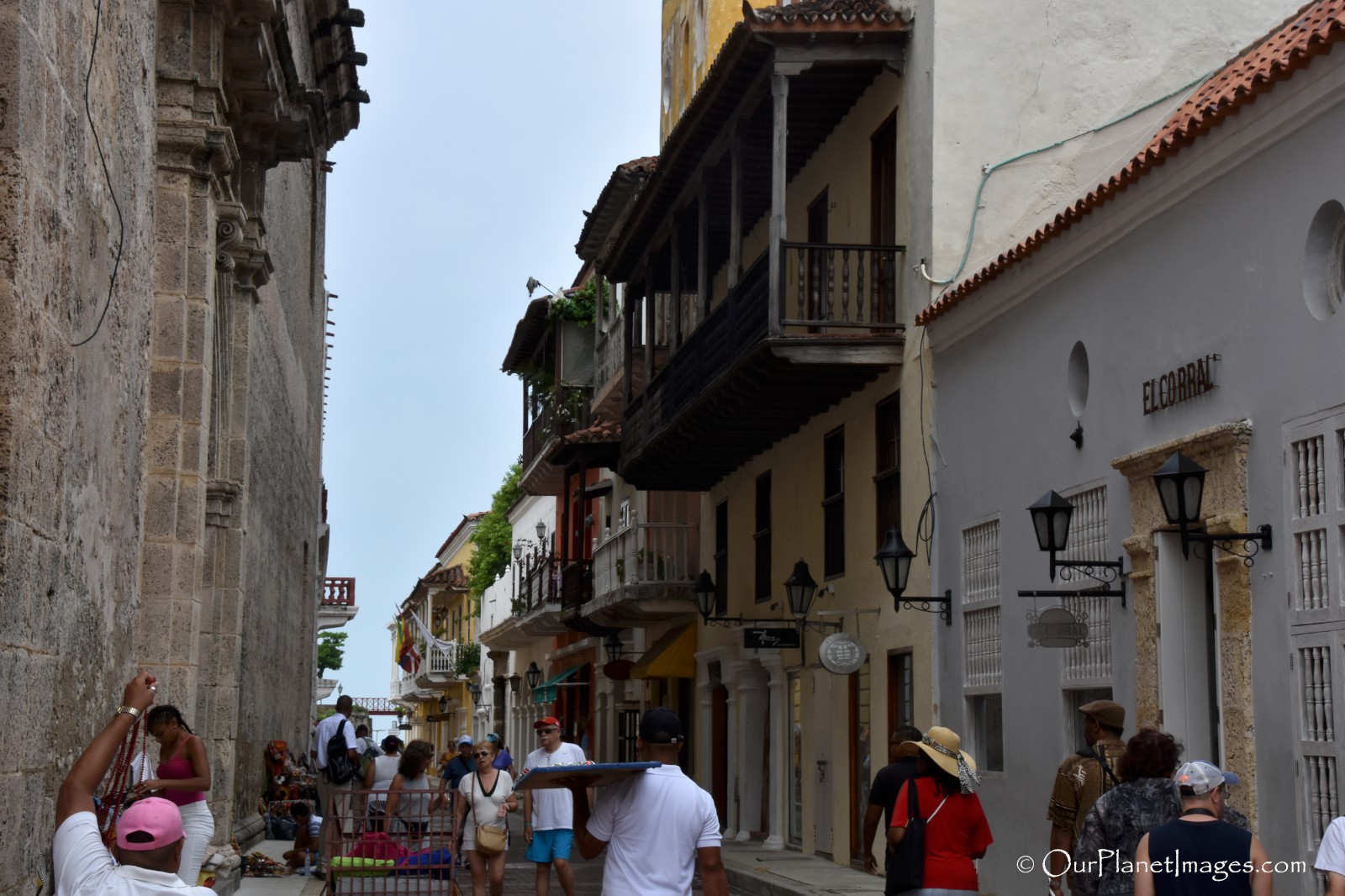
Many of the balconies are bursting with colorful flowers that make the entire old town even more charming.
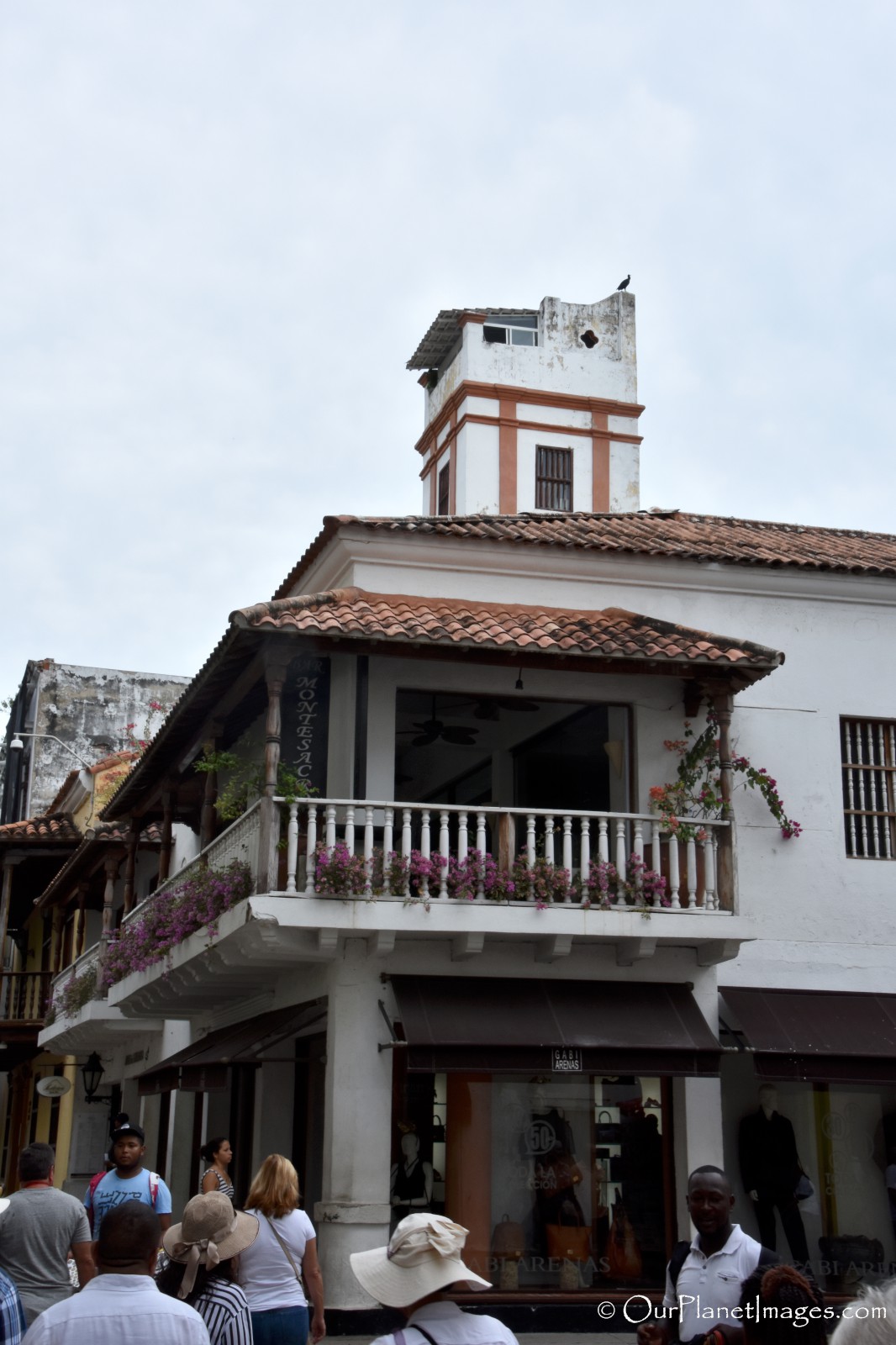
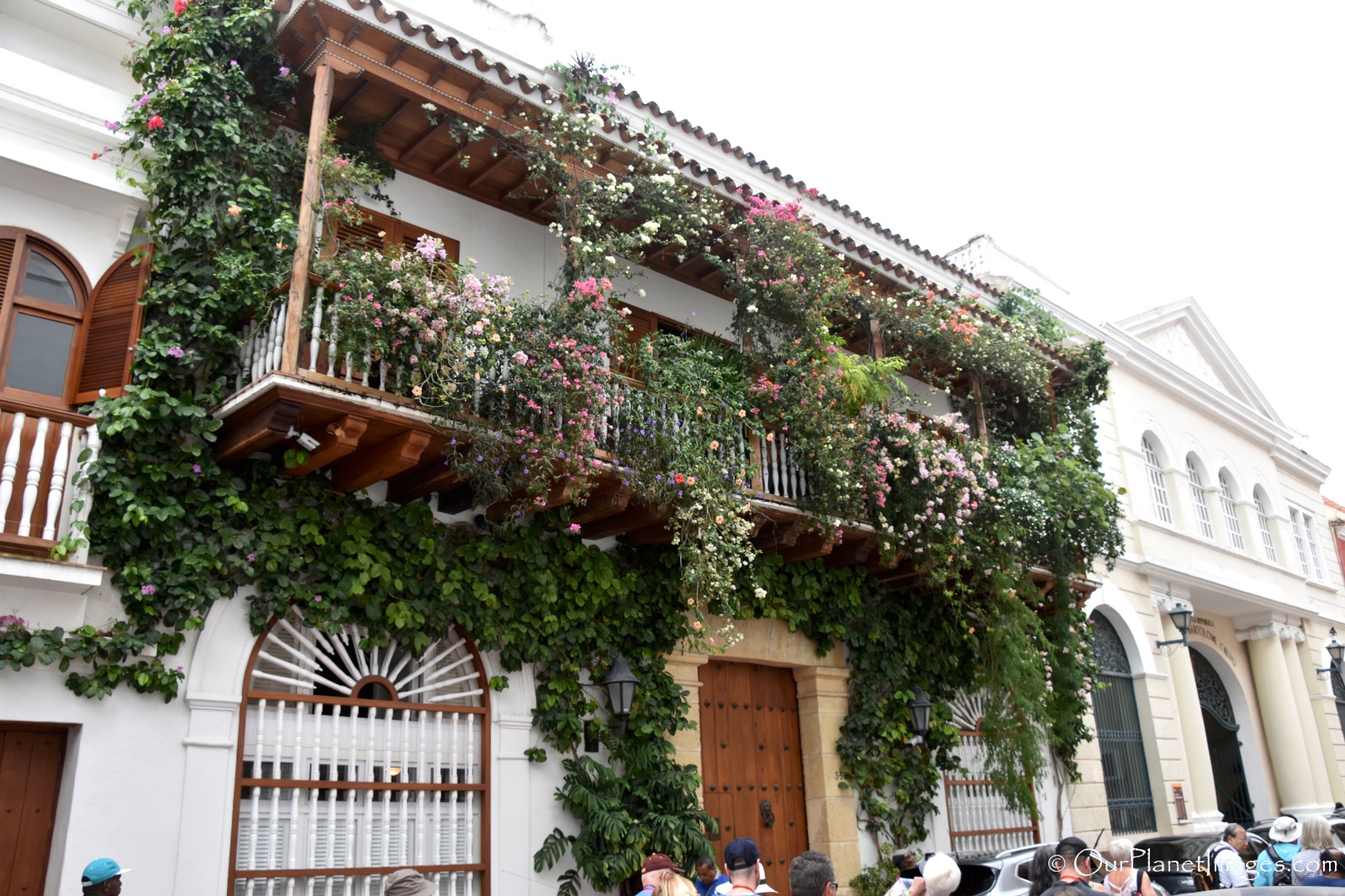
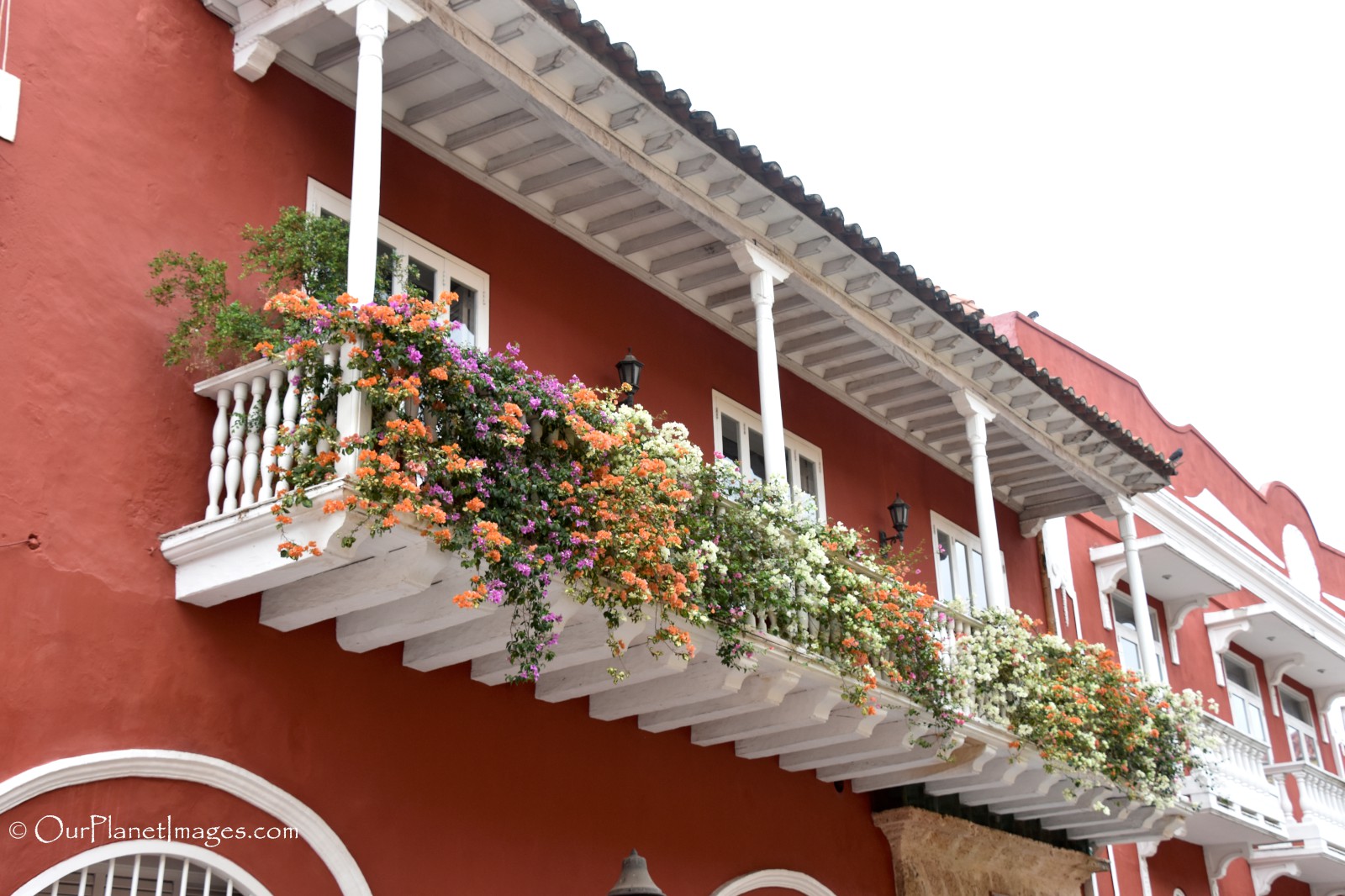
Plazas and parks
Many places within the old town has open spaces with plazas and parks where people gather and hang out. The plazas are nice settings for open air restaurants and the parks that are filled with lush tropical plants and trees are nice places for hanging out and relaxing.
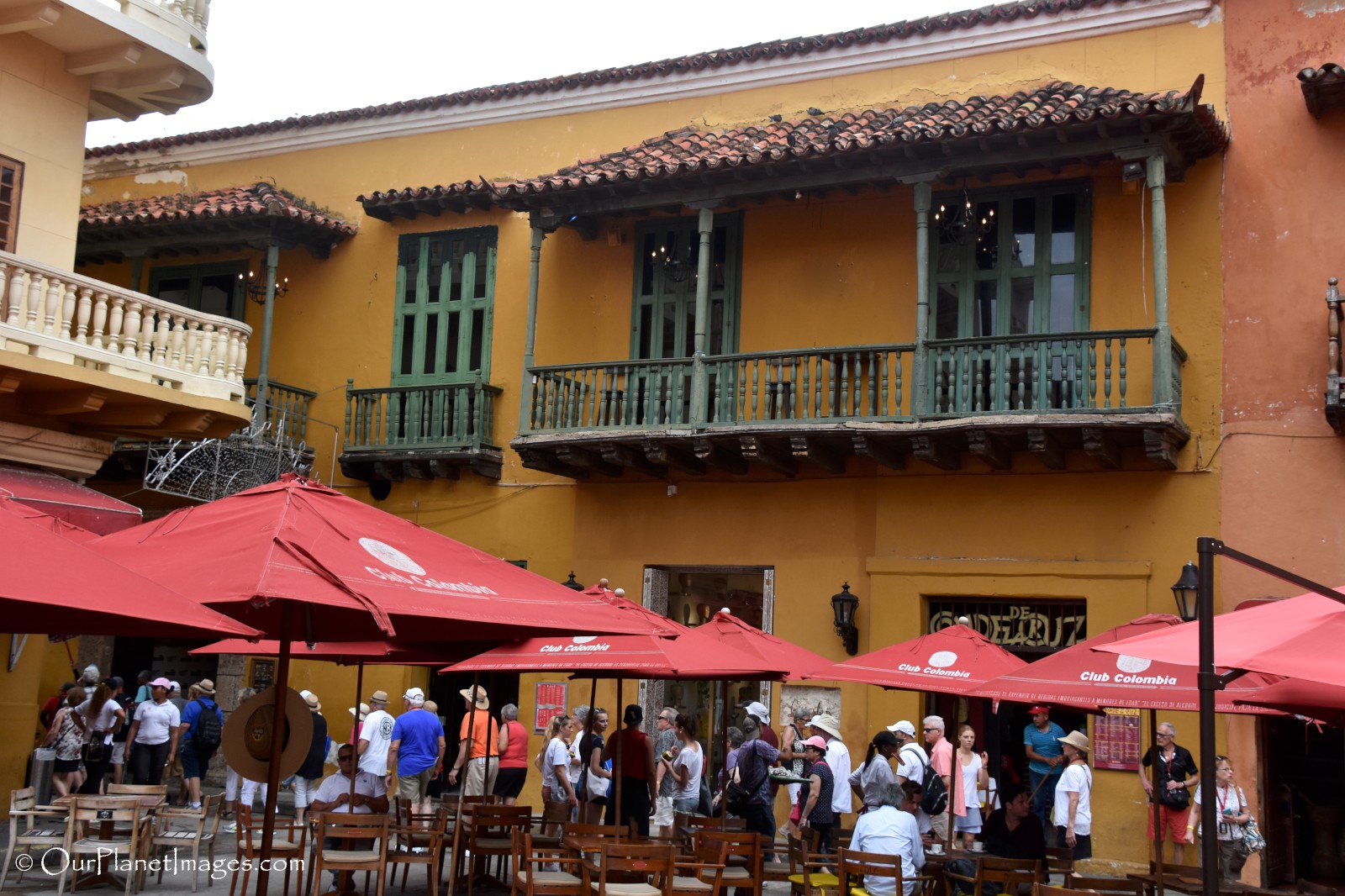
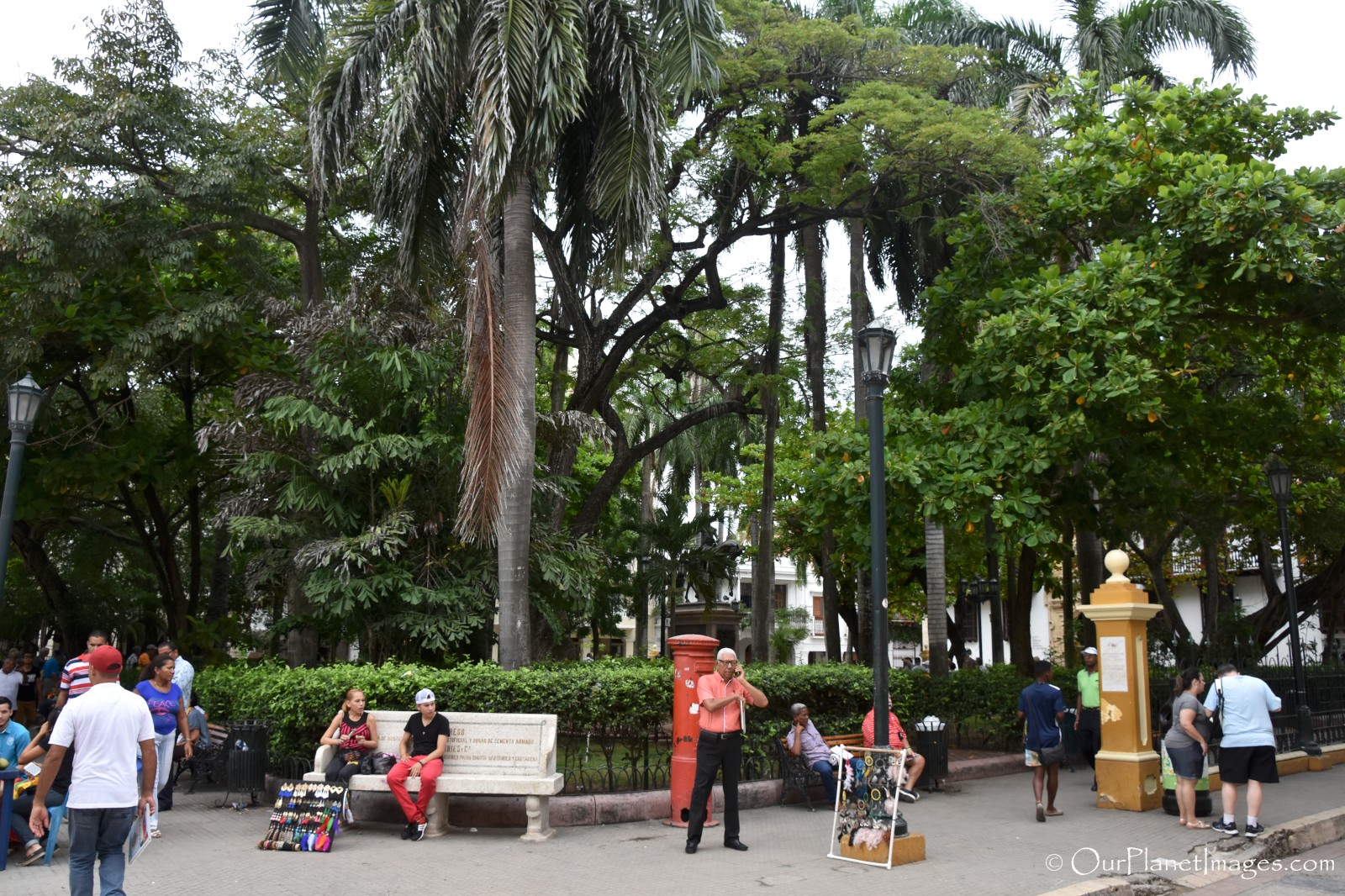
Churches
The old colonial town has several Catholic Churches remaining. Two of those churches are the Church of Santo Domingo dating from 1549 and the Cathedral of Cartagena which was constructed in 1535. These two churches are shown in the photos below.
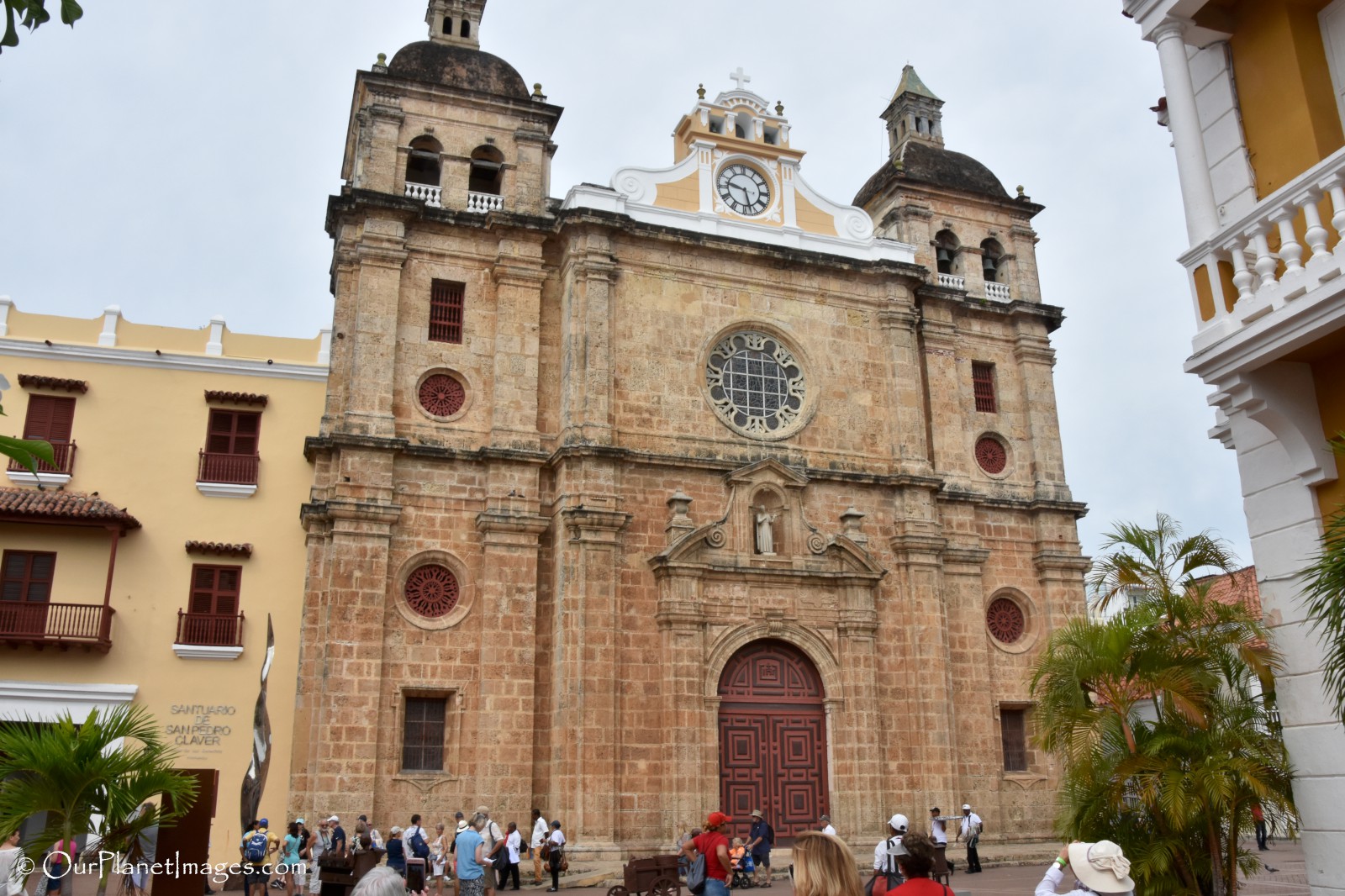
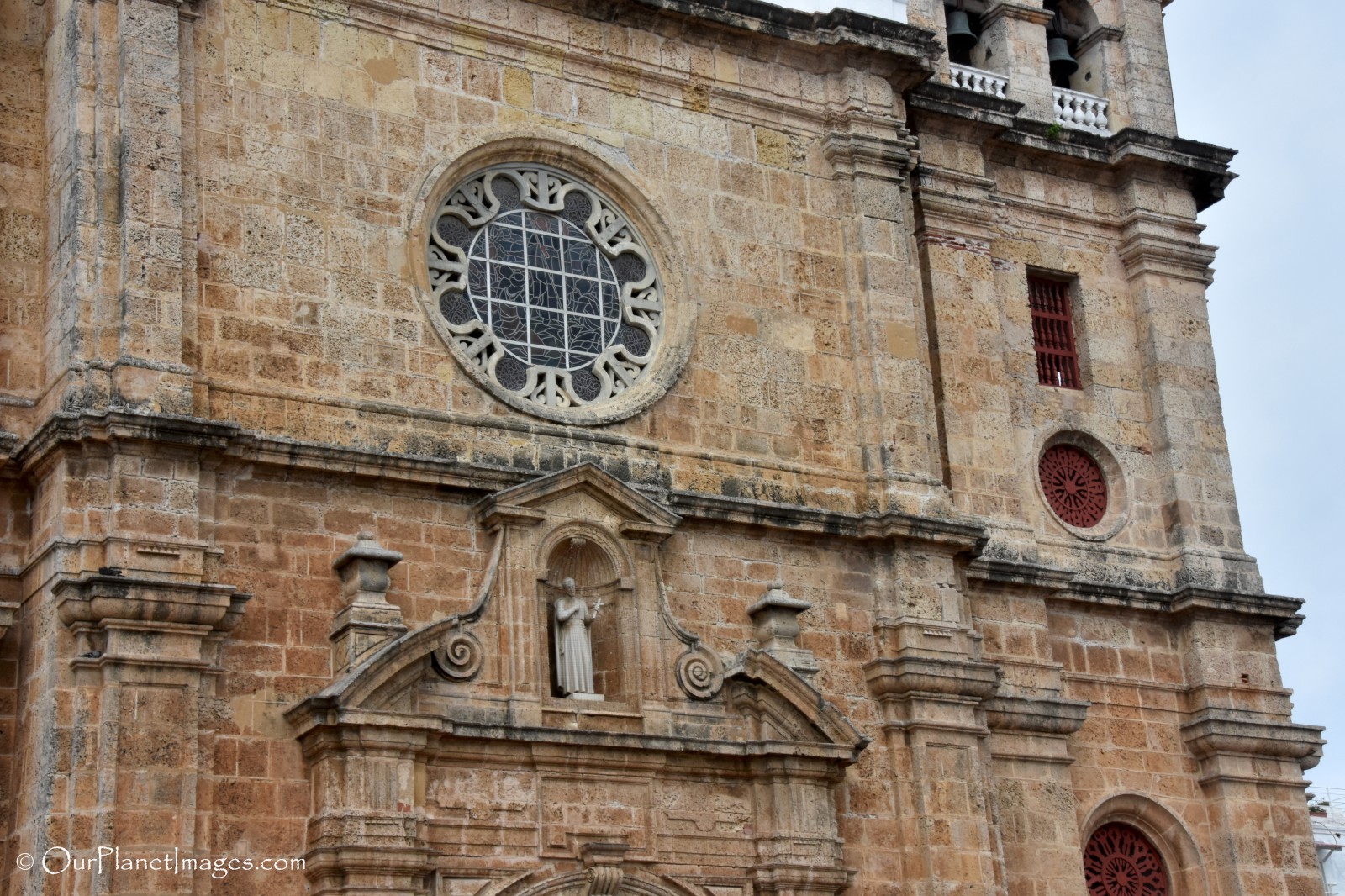
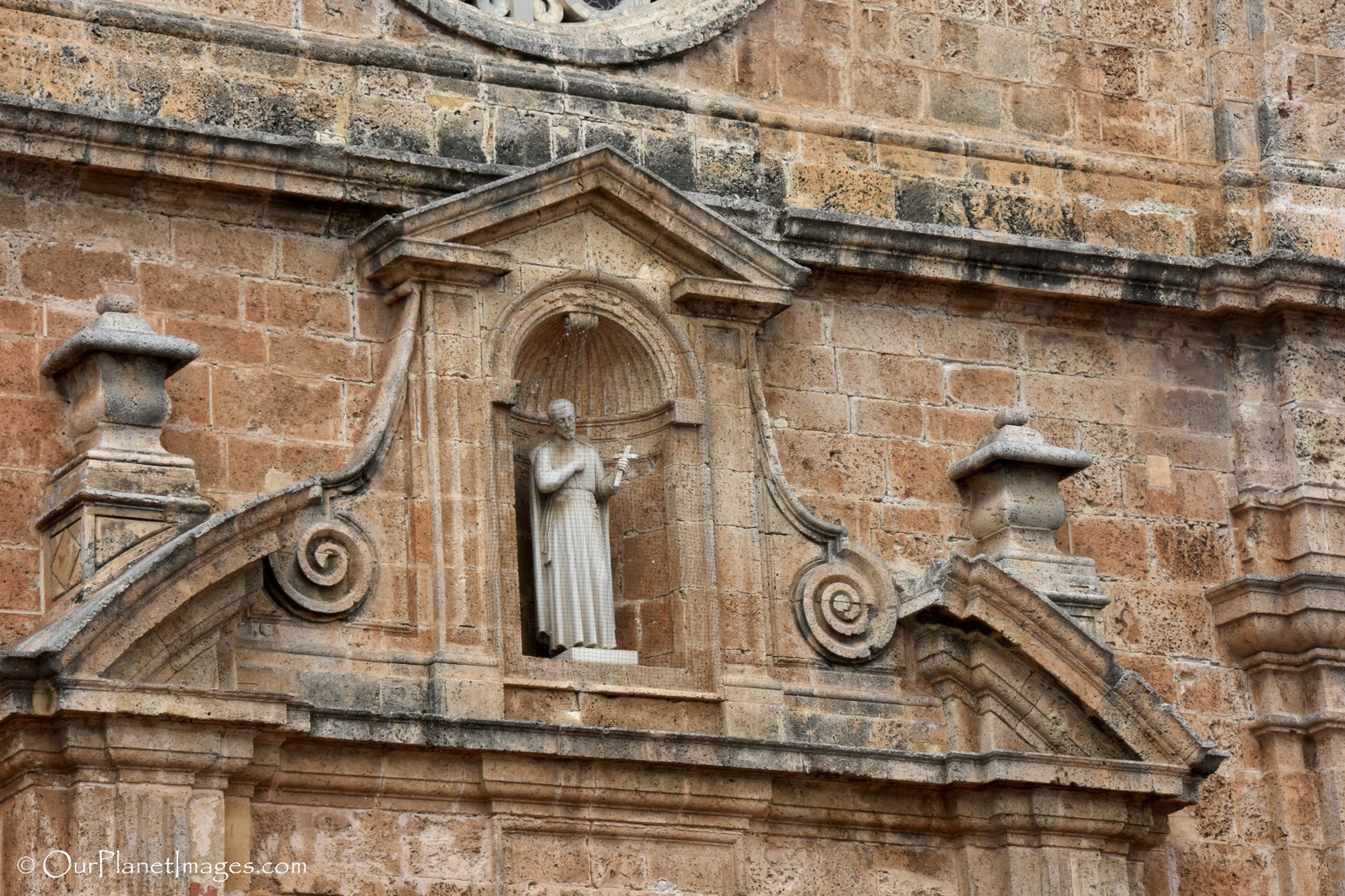
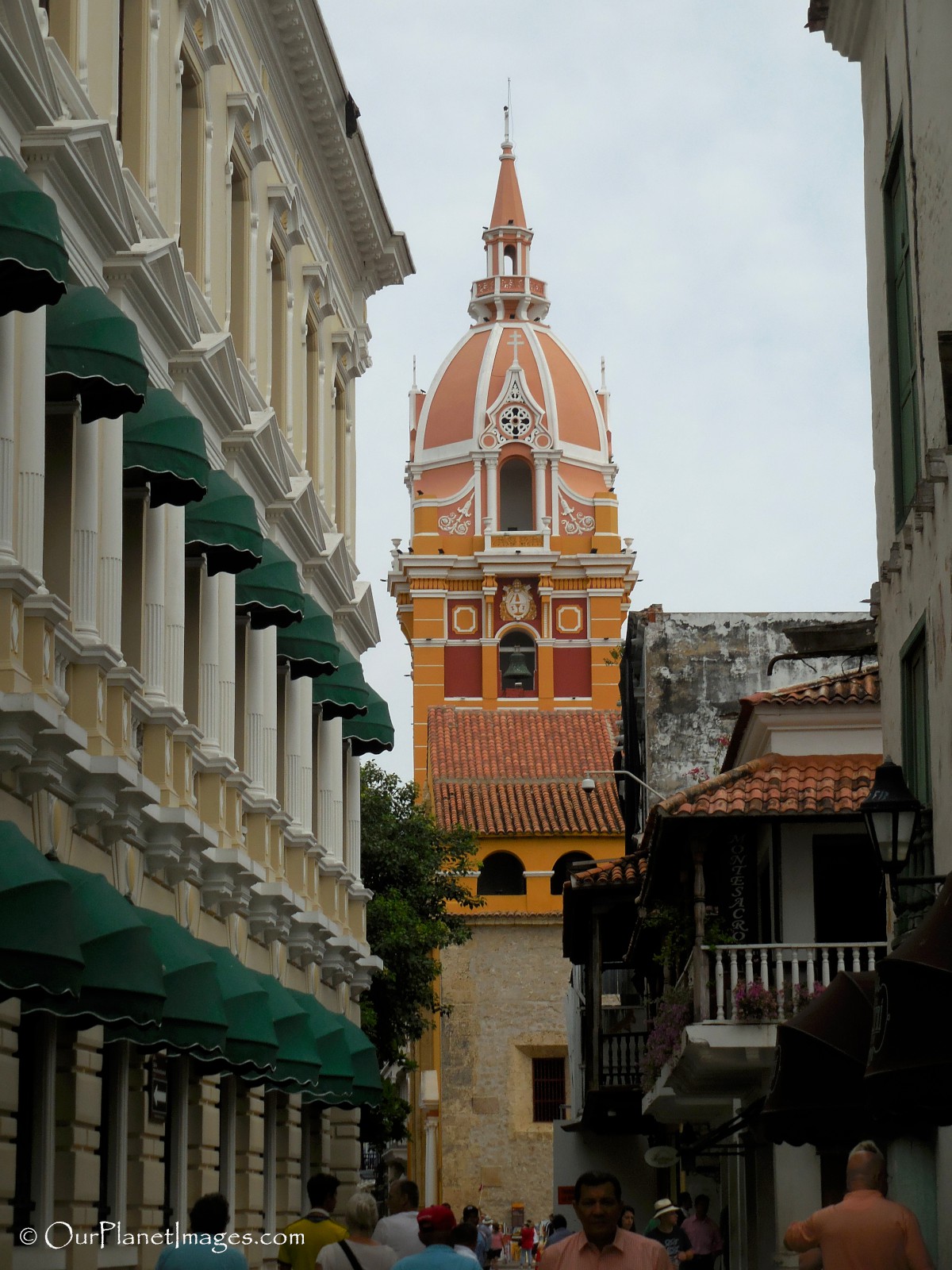
Street vendors
One of my favorite things to see were all of the street vendors selling fresh tropical fruit and juices from portable carts. Some of these vendors are shown in the following photos.
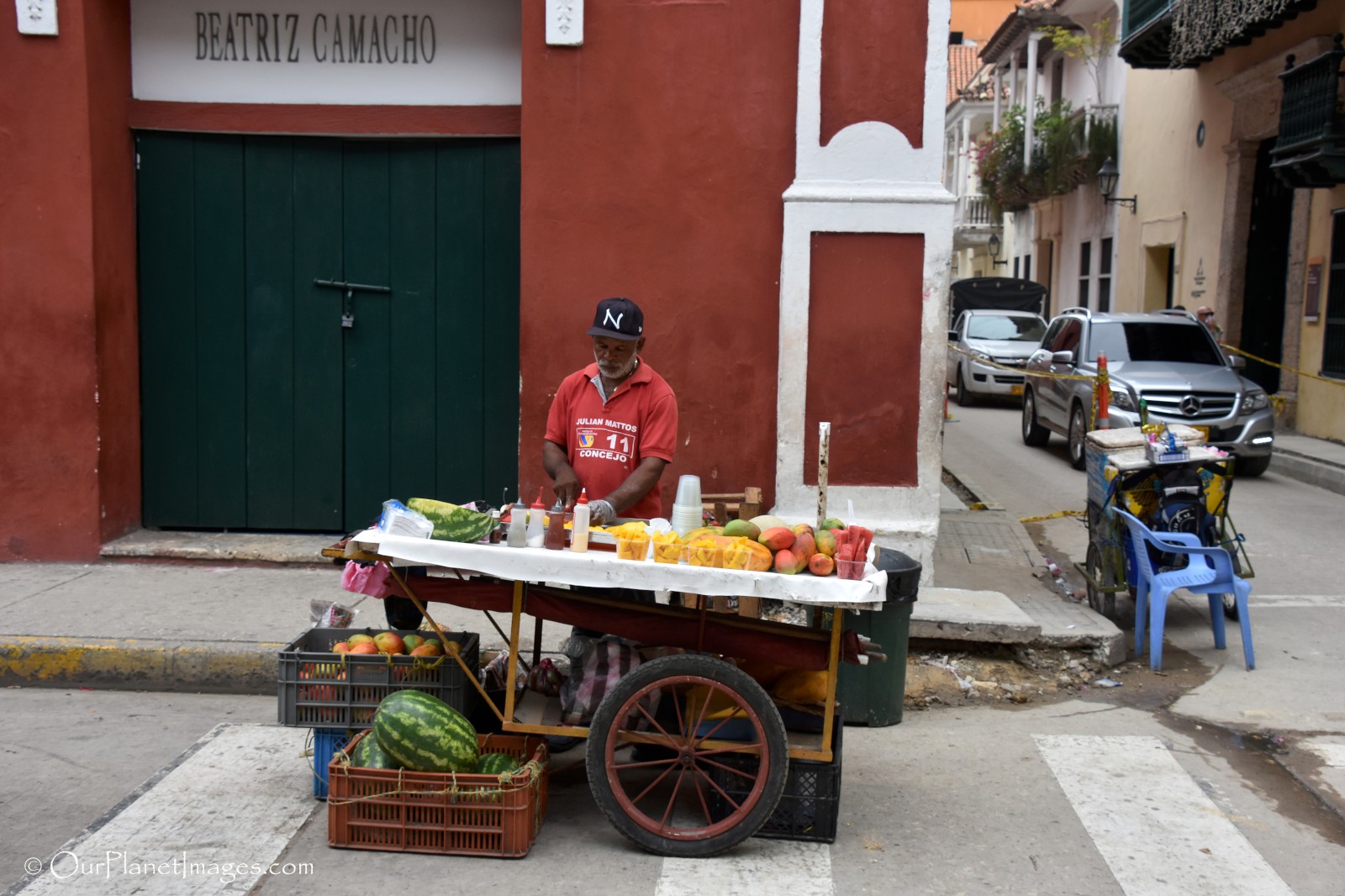
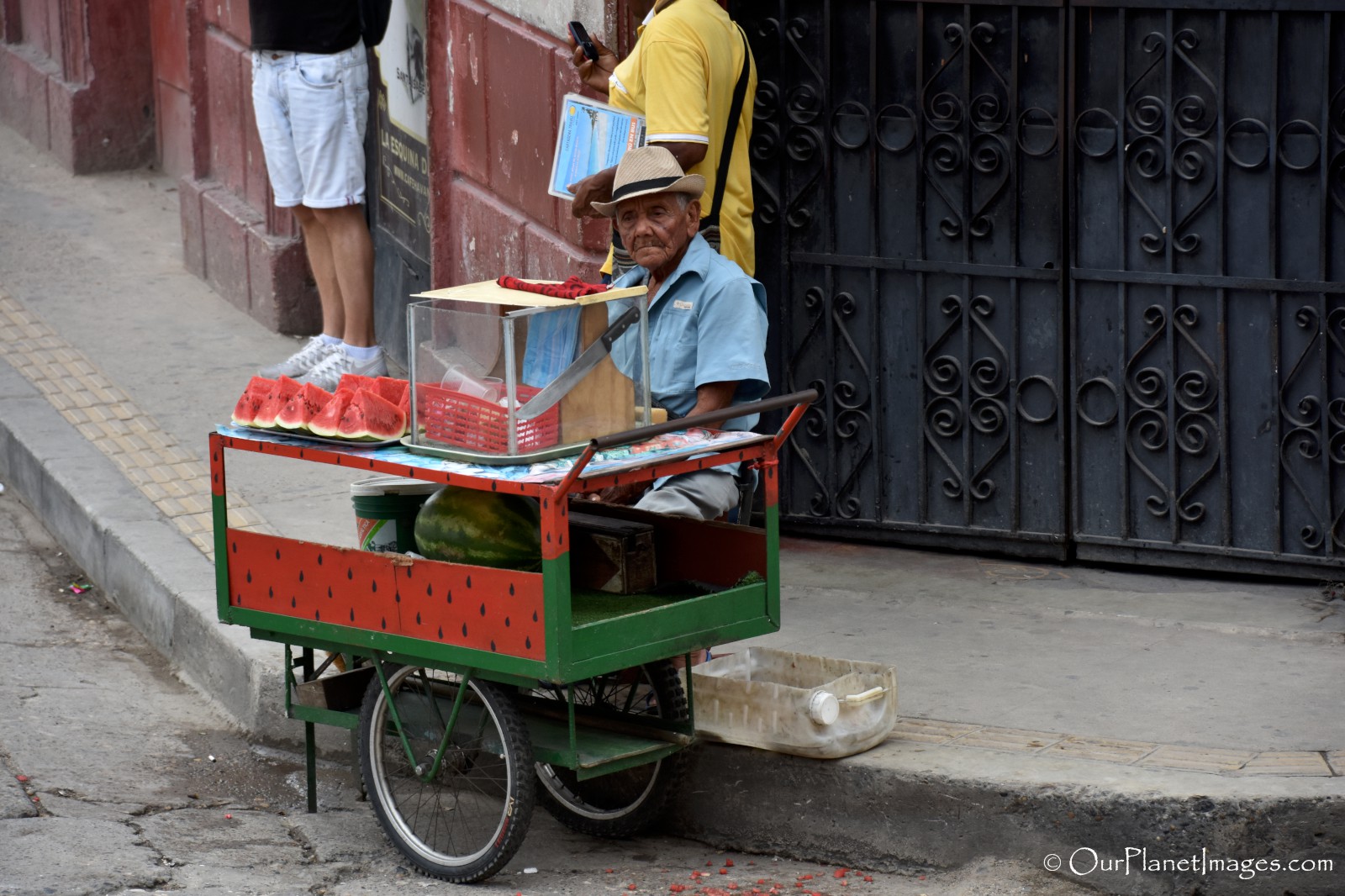

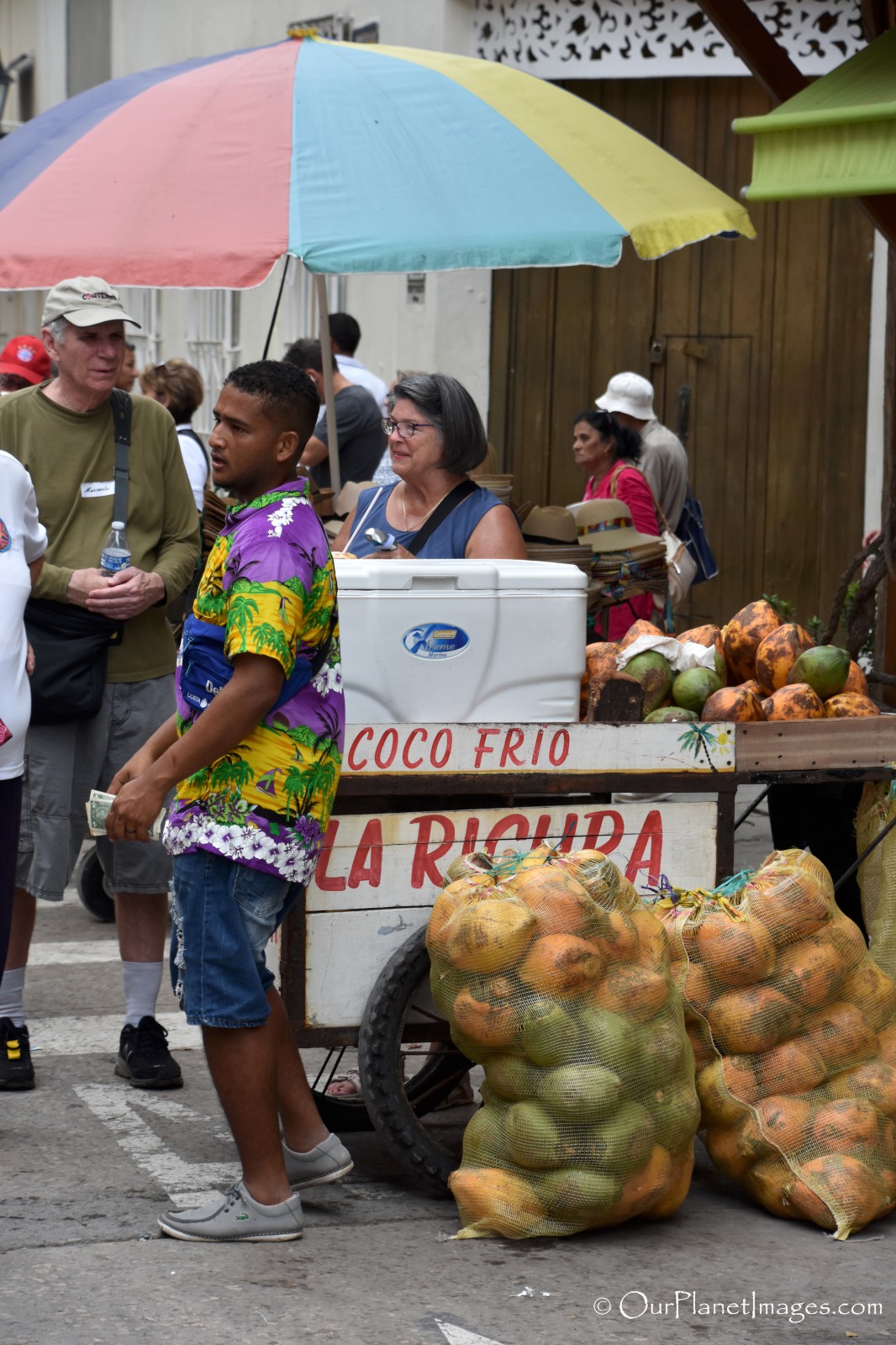
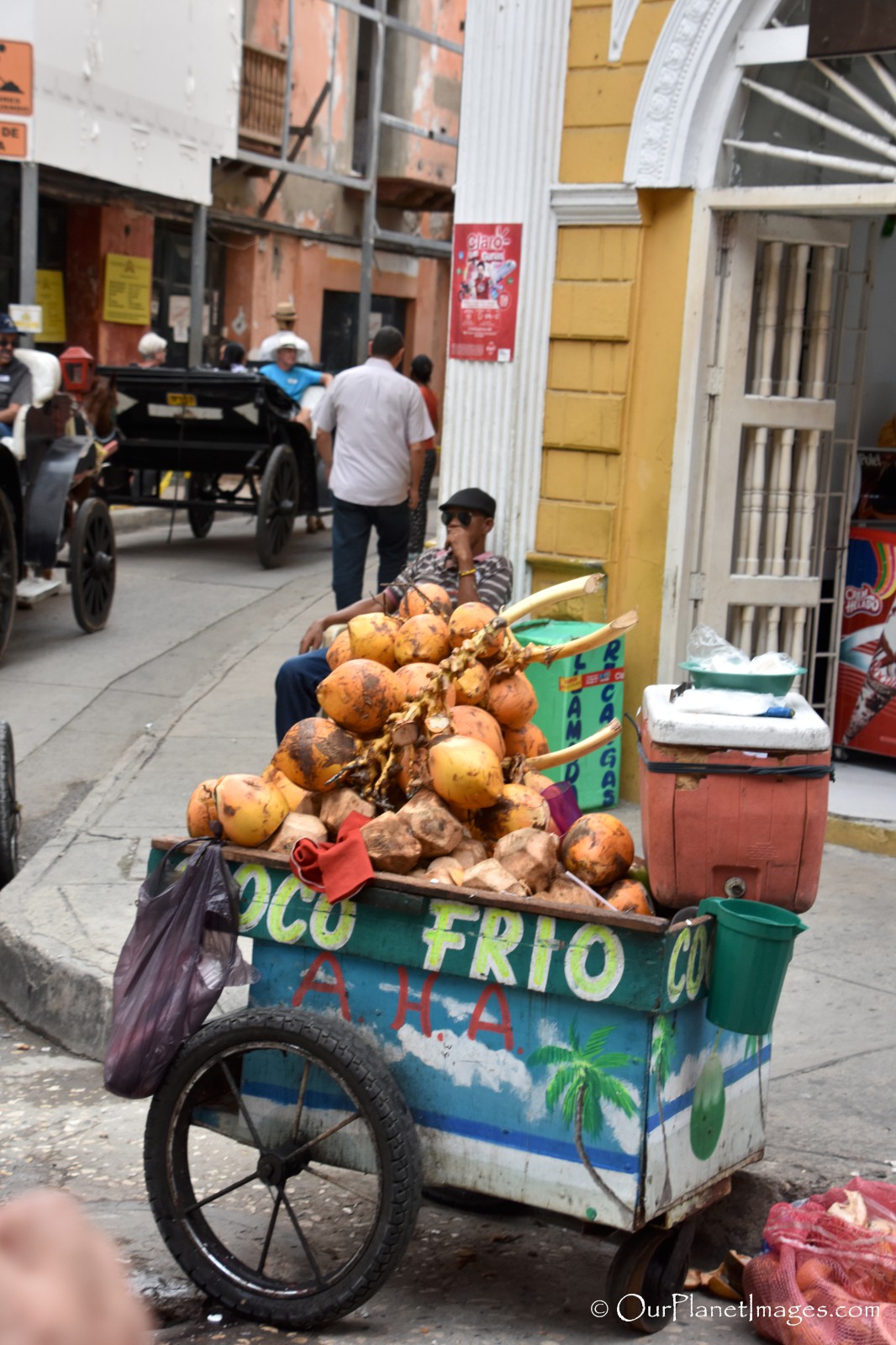
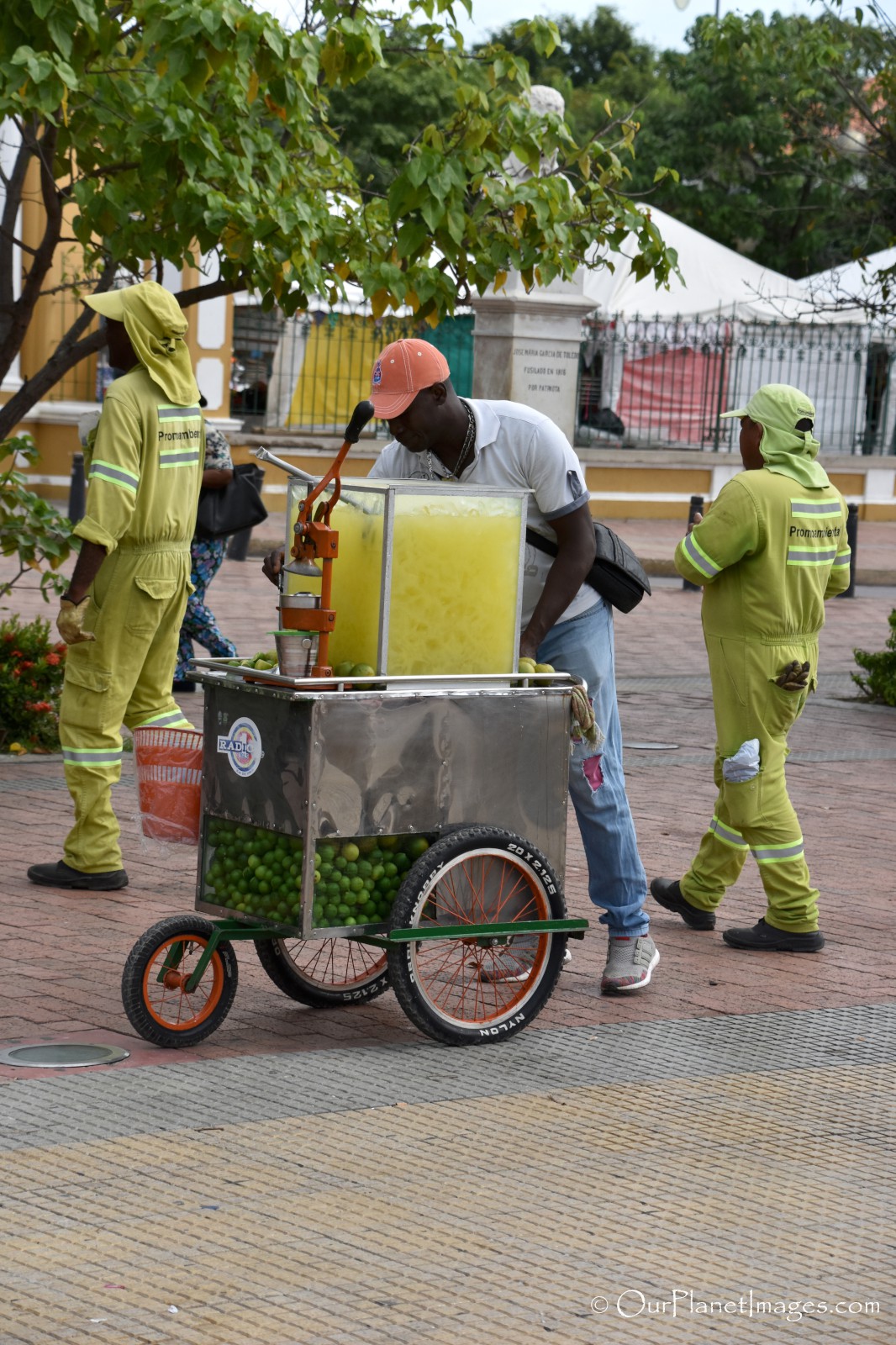
The Dust on My Shoes
One of my favorite reasons for traveling is to have experiences that I cannot have by staying at home. Walking the streets of Colonial Cartagena gave me the experience of seeing the Colombian culture in a historic setting from the past.
Many of the buildings, parks, plazas and streets have not changed much from their original state. Obviously, the stores sell modern products but it doesn’t take much imagination to get an idea of how the old town looked during its historical time period.

The architecture of the modern world doesn’t represent the culture where it is built but places like the old town of Colonial Cartagena are a great representations of the local culture.
Related Posts
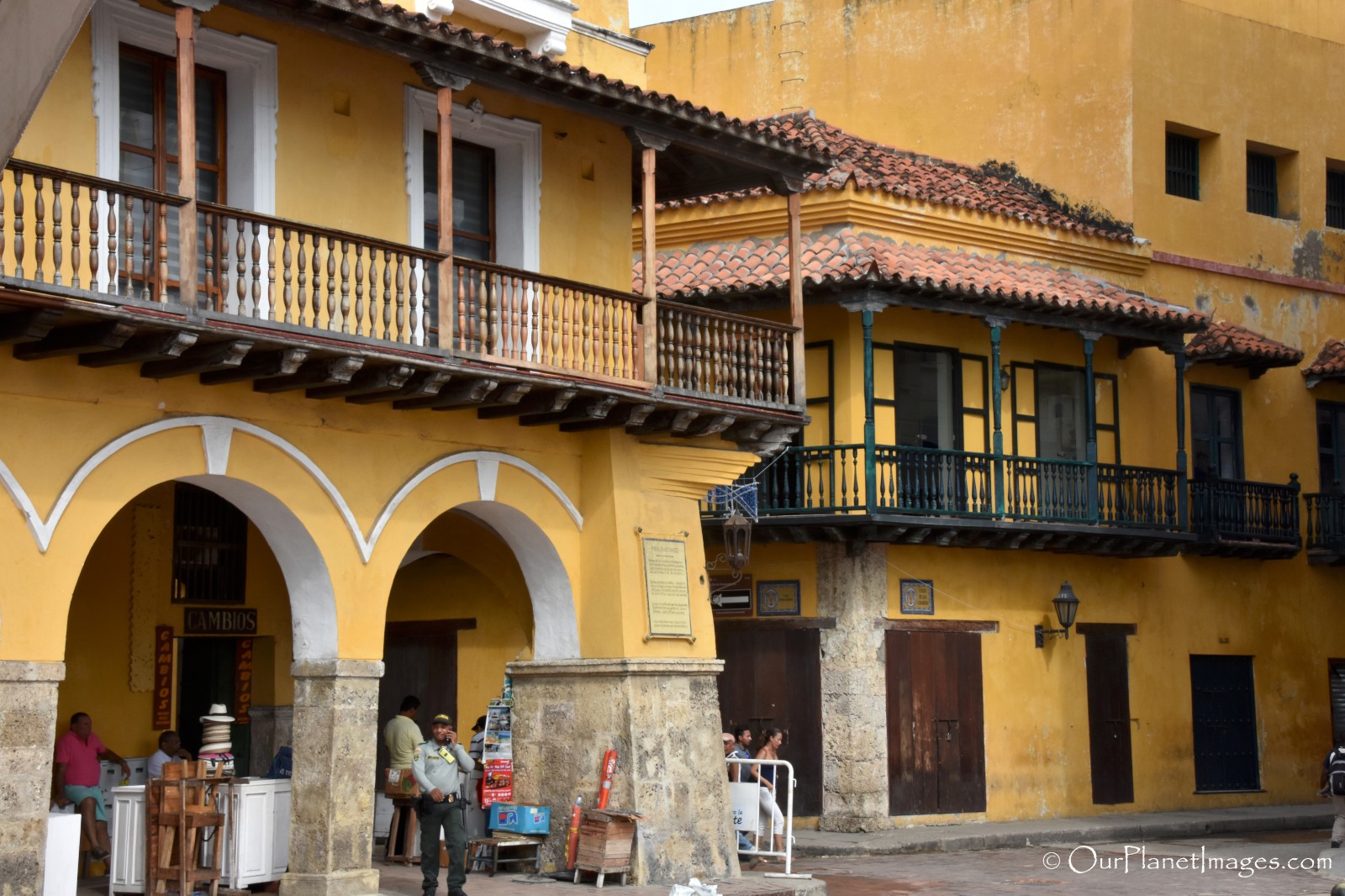
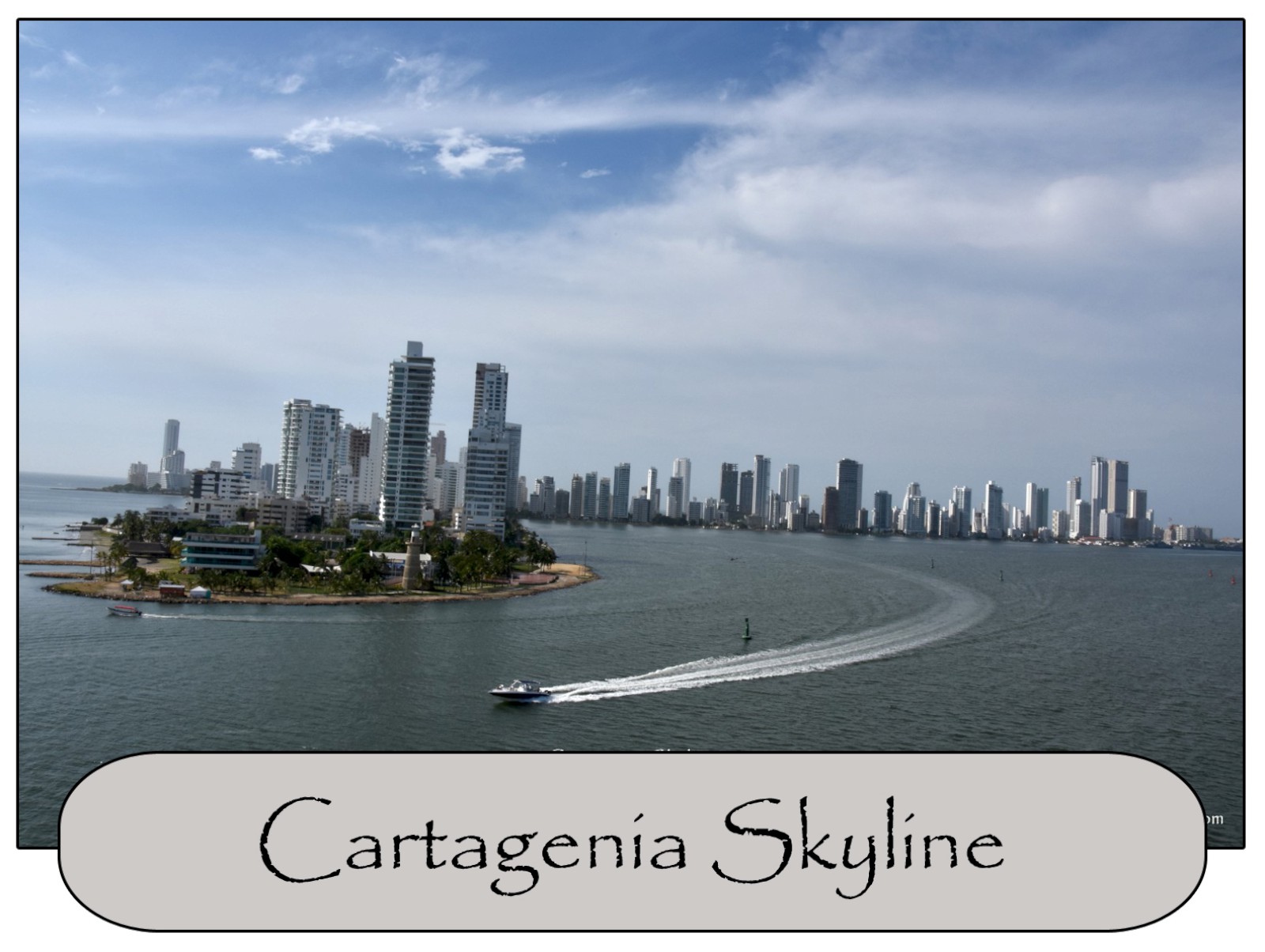
Beautiful!
Thanks Chet!